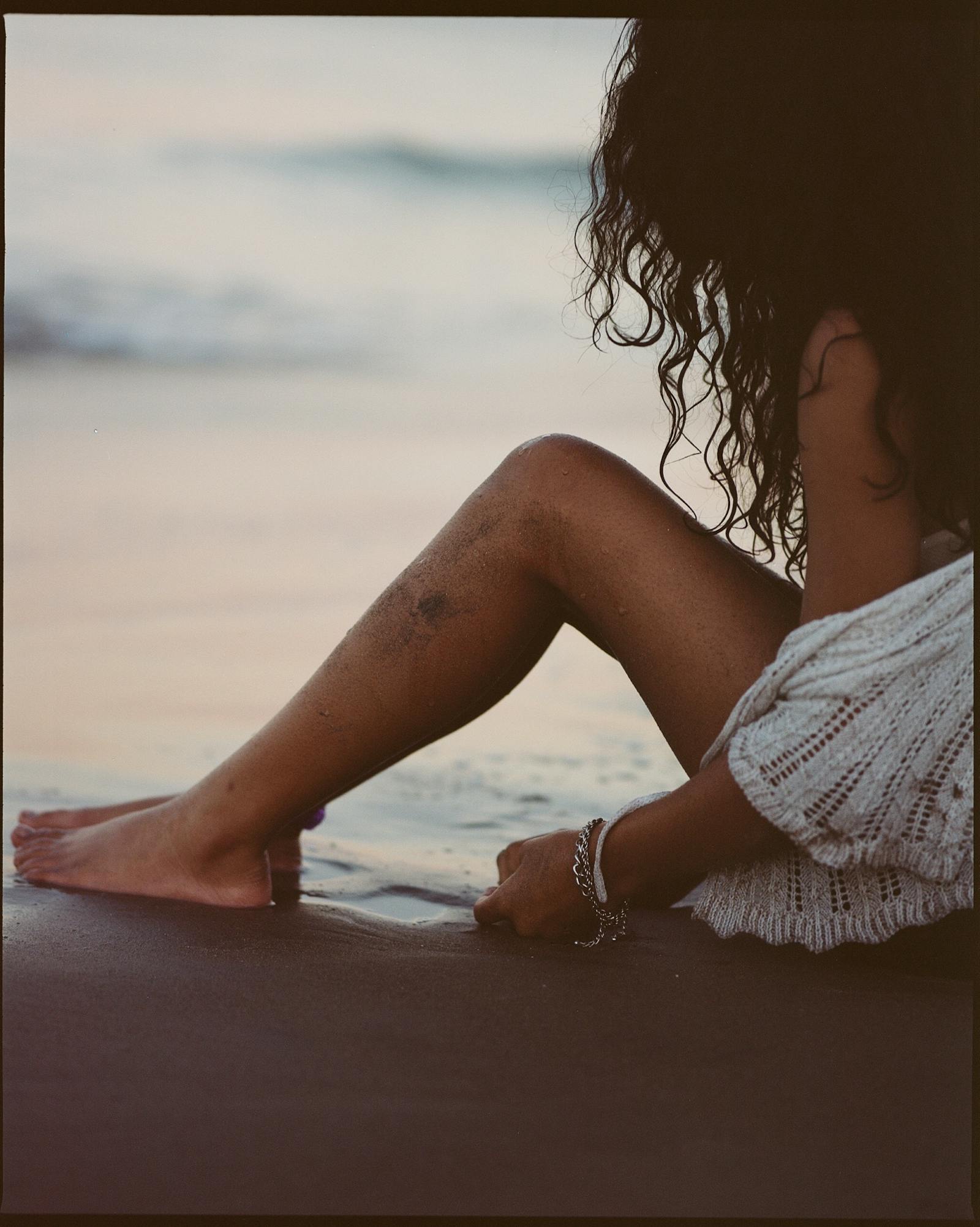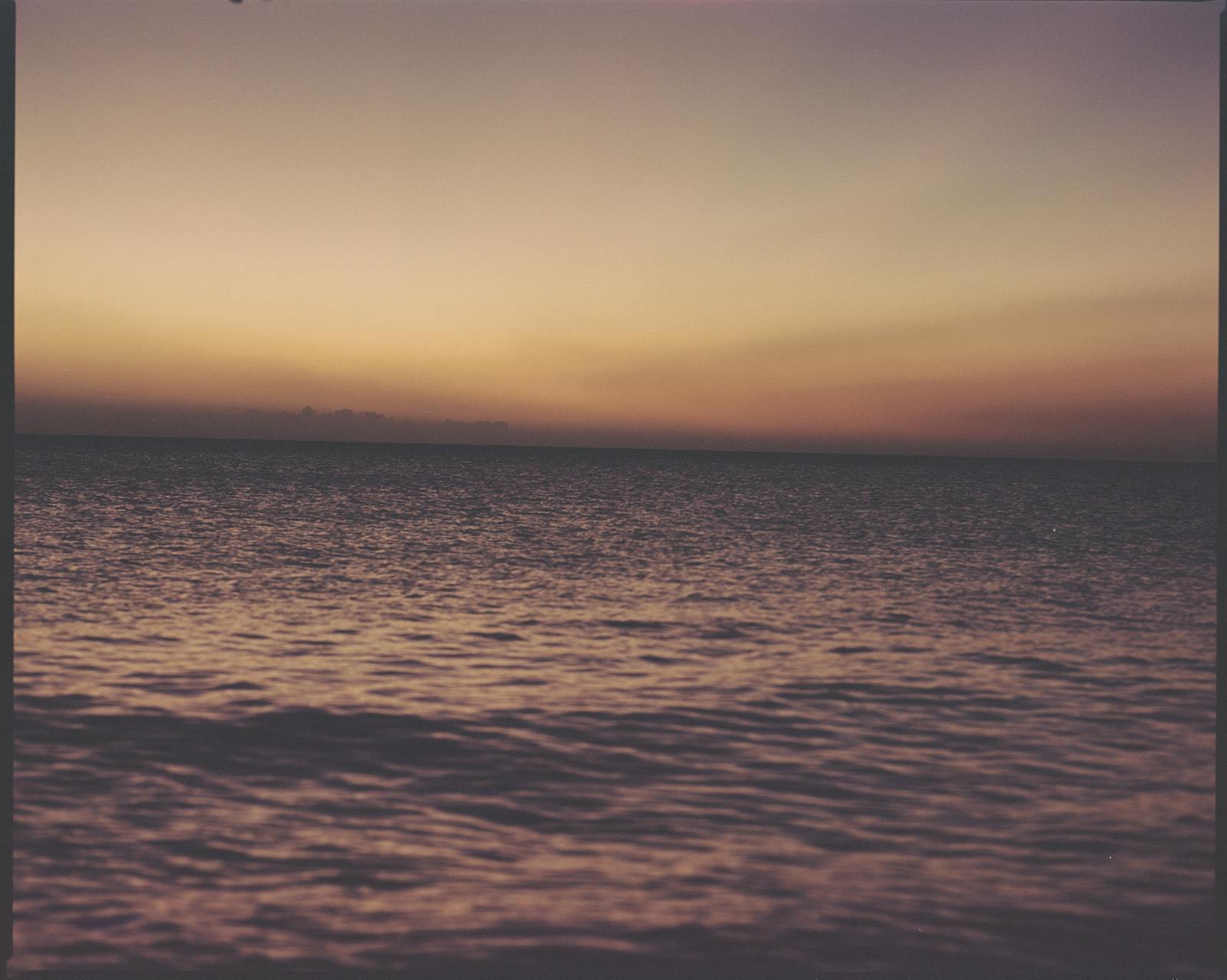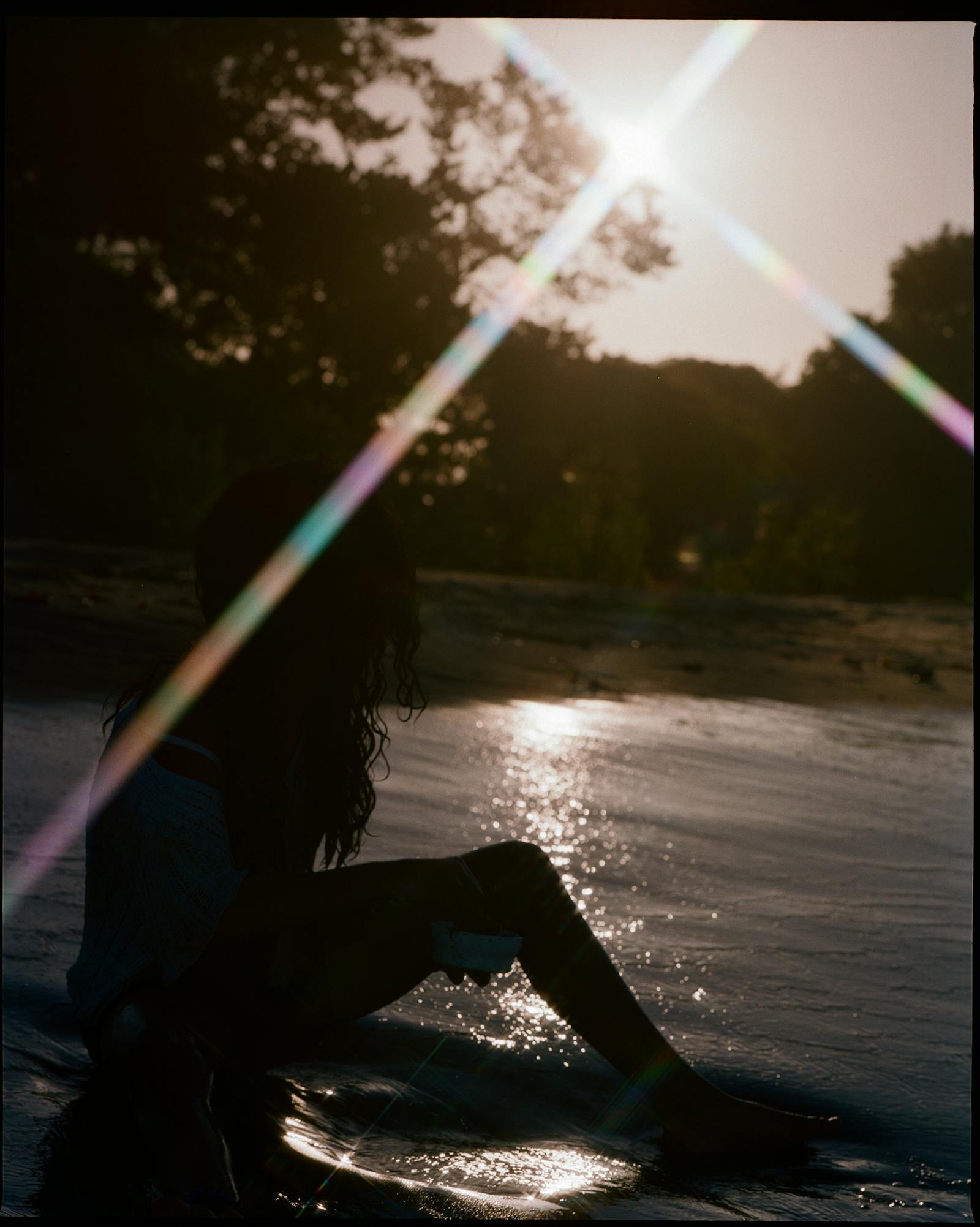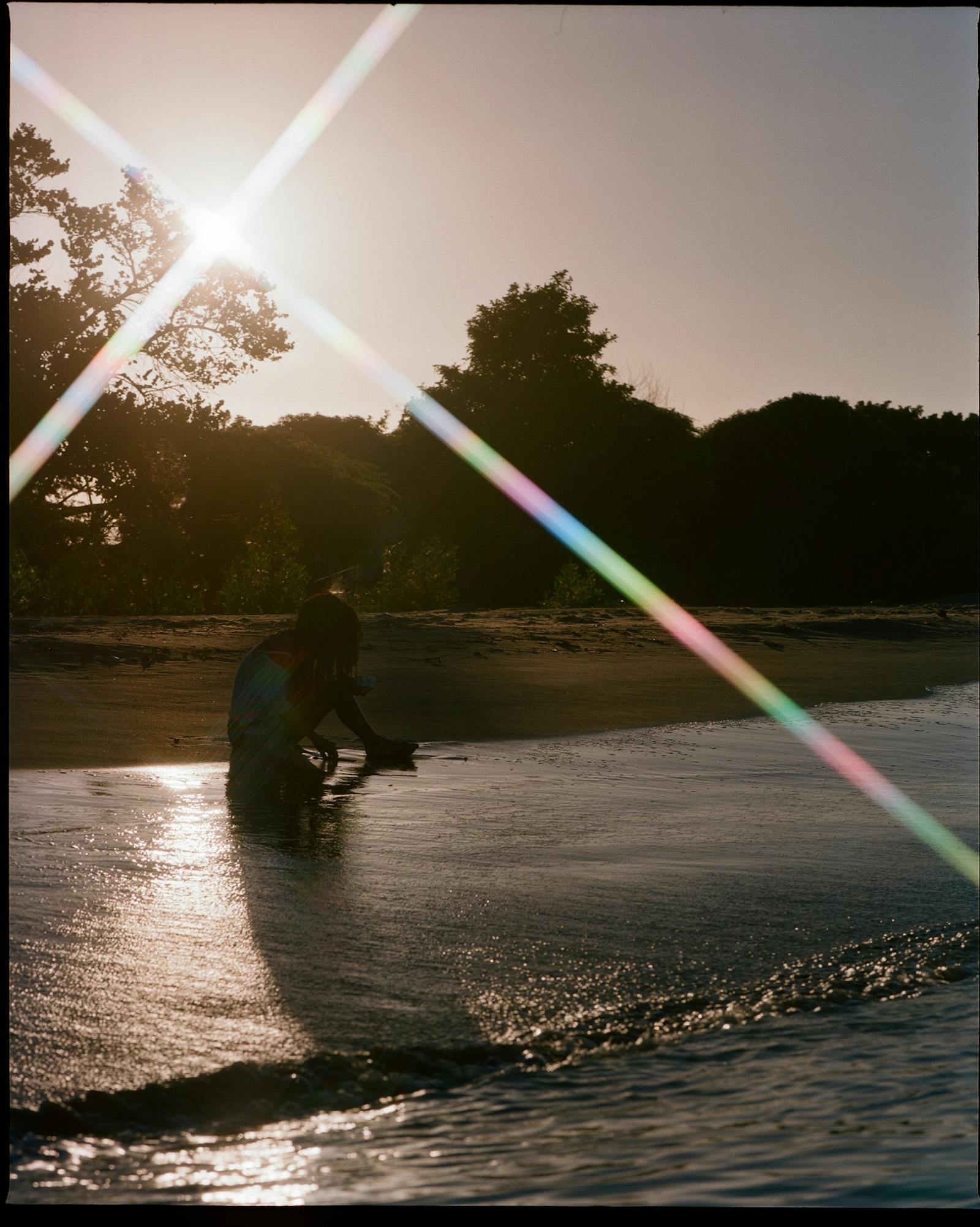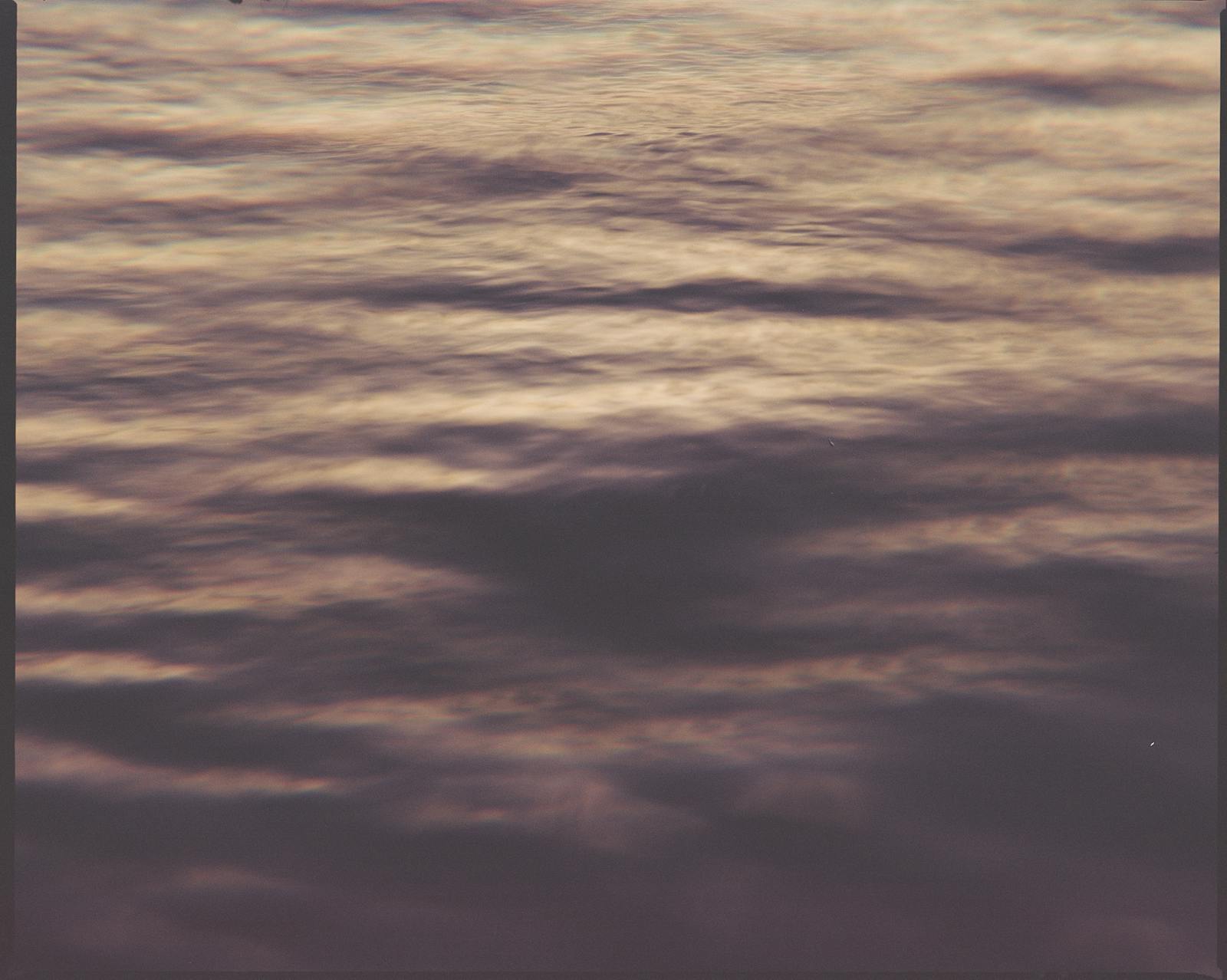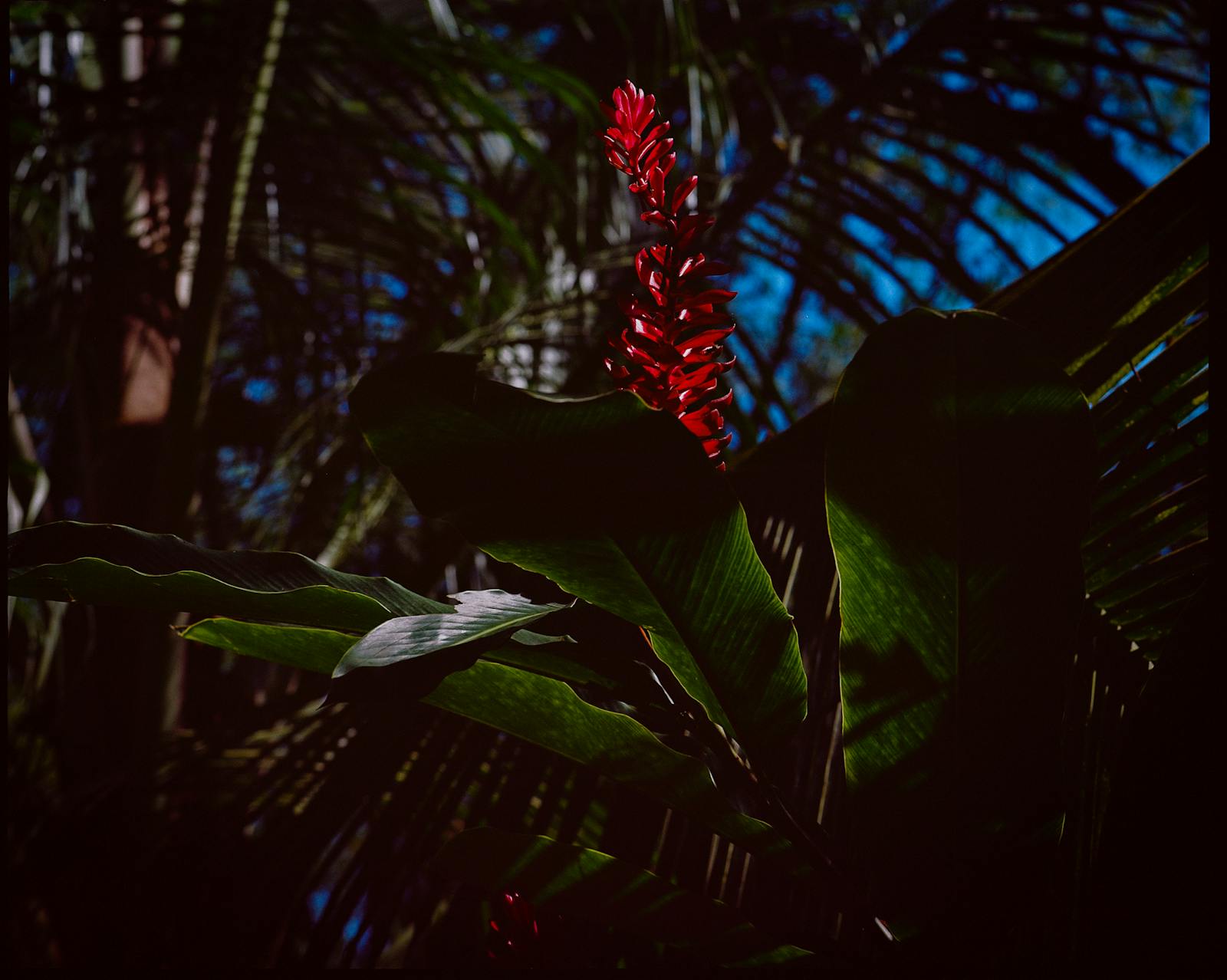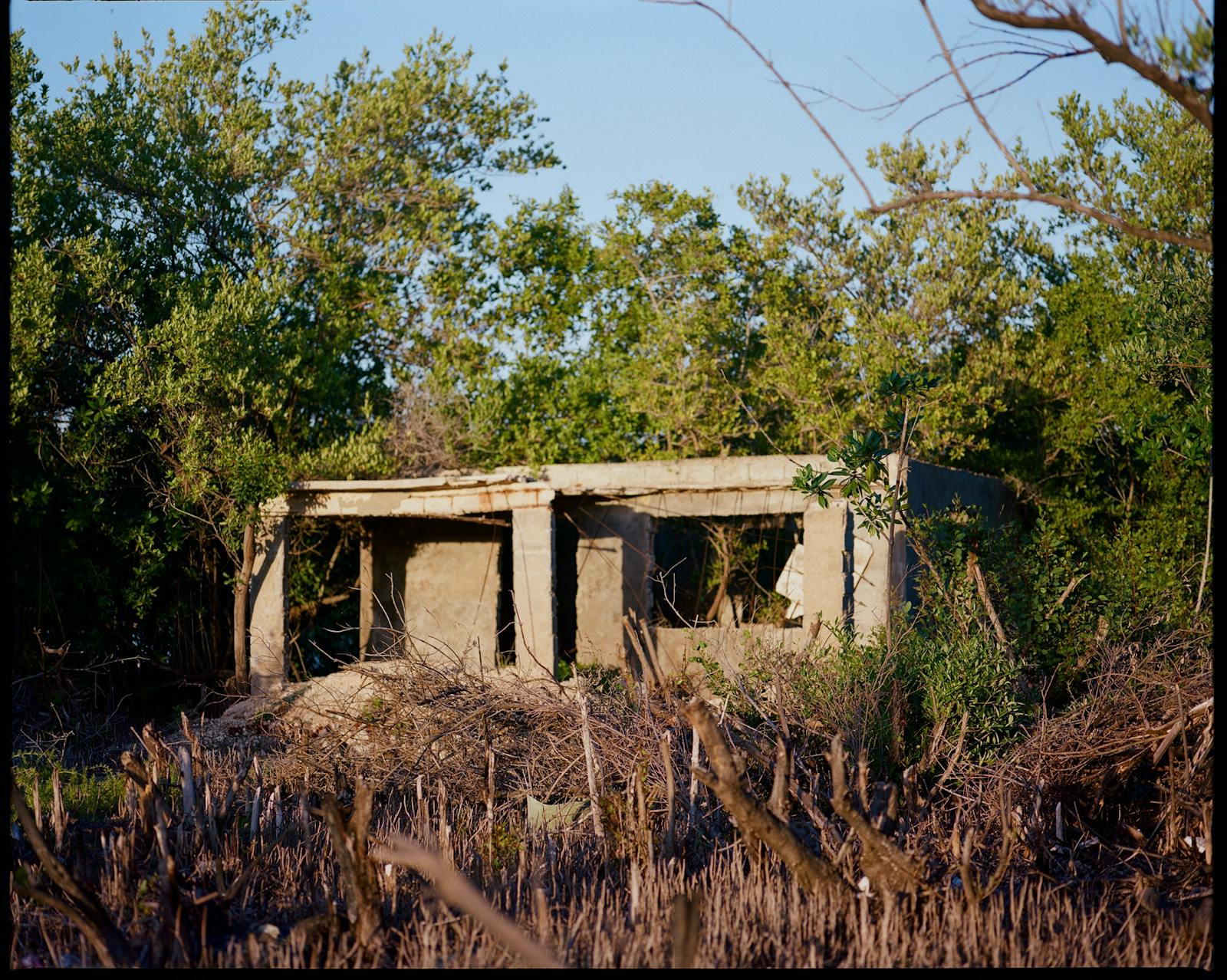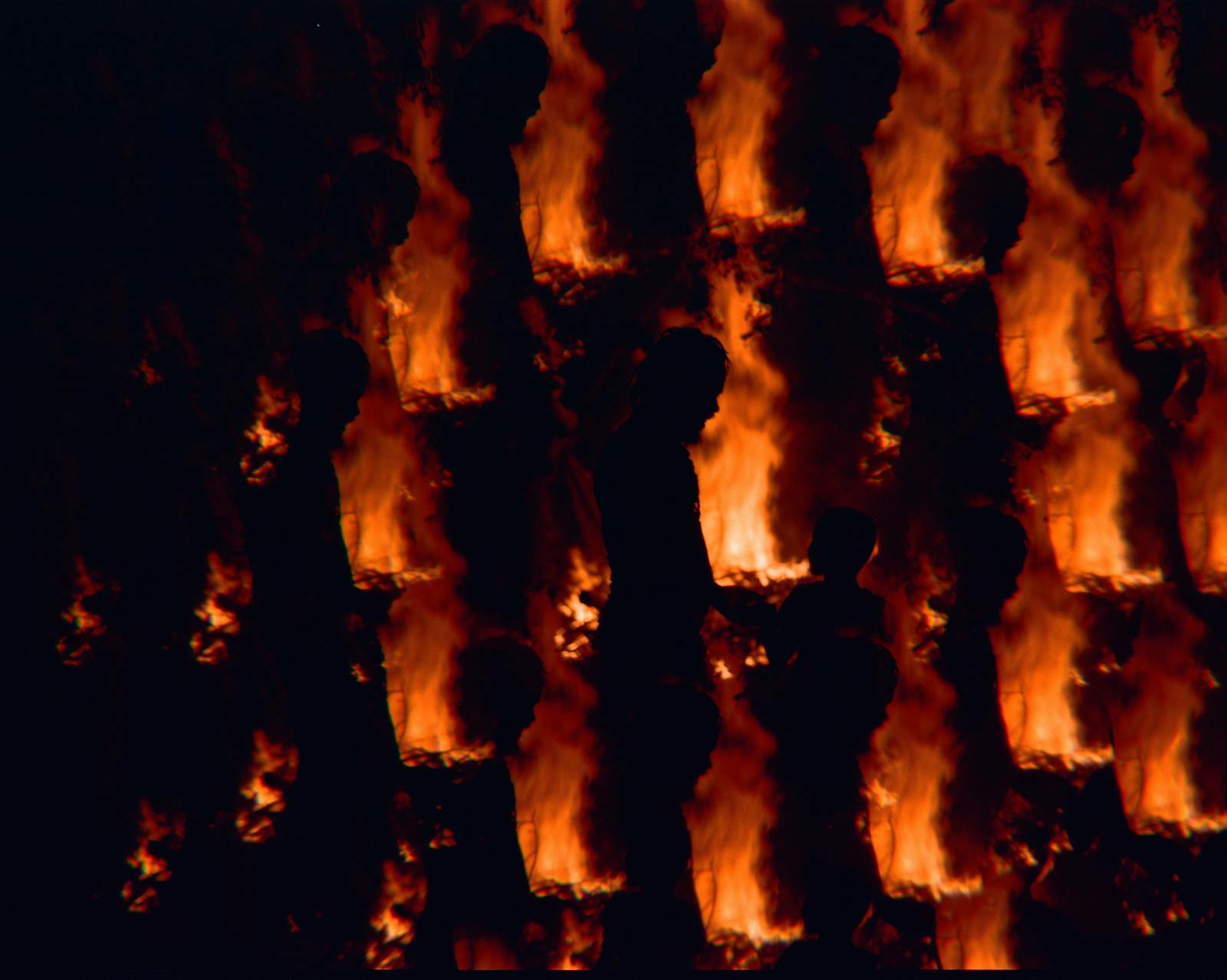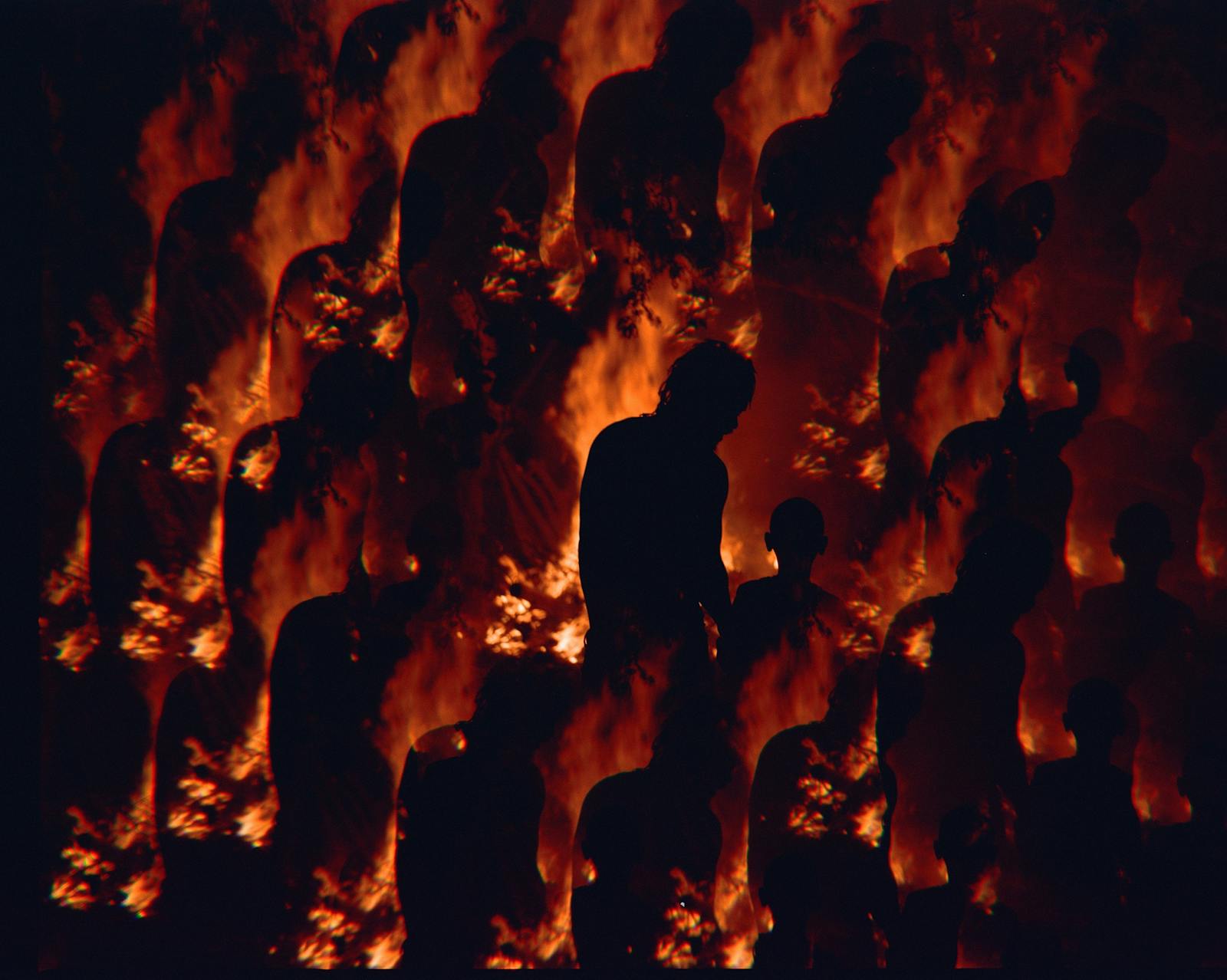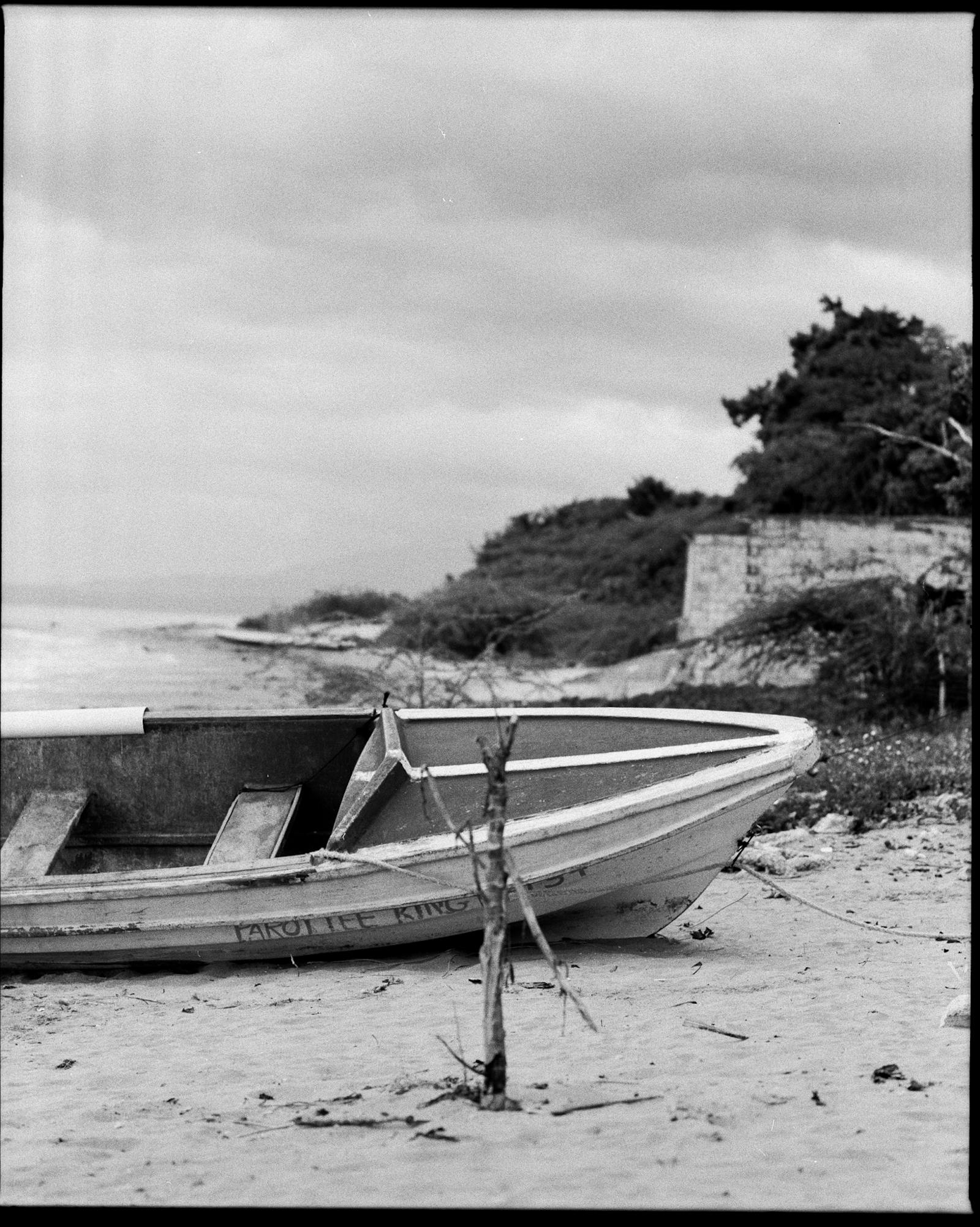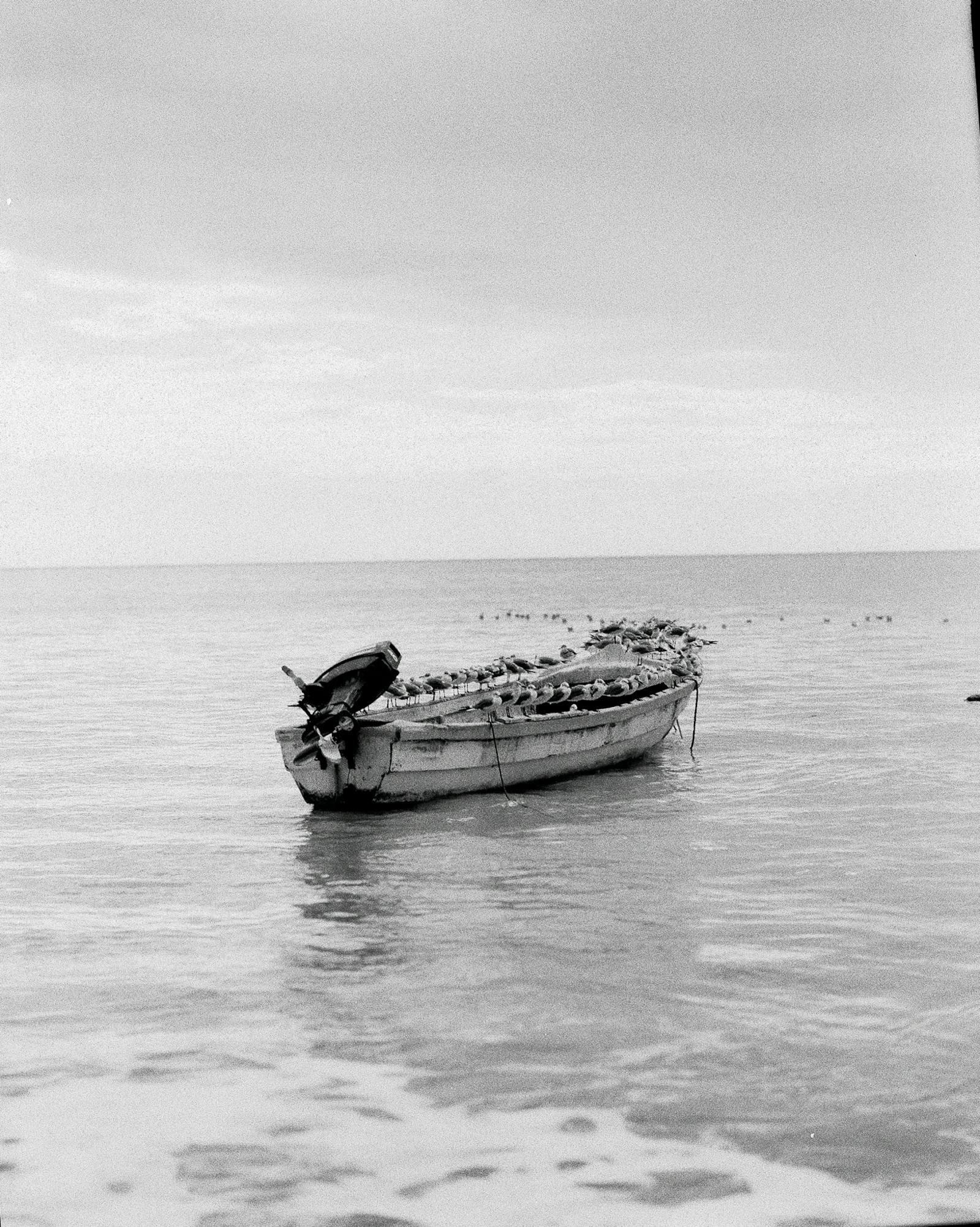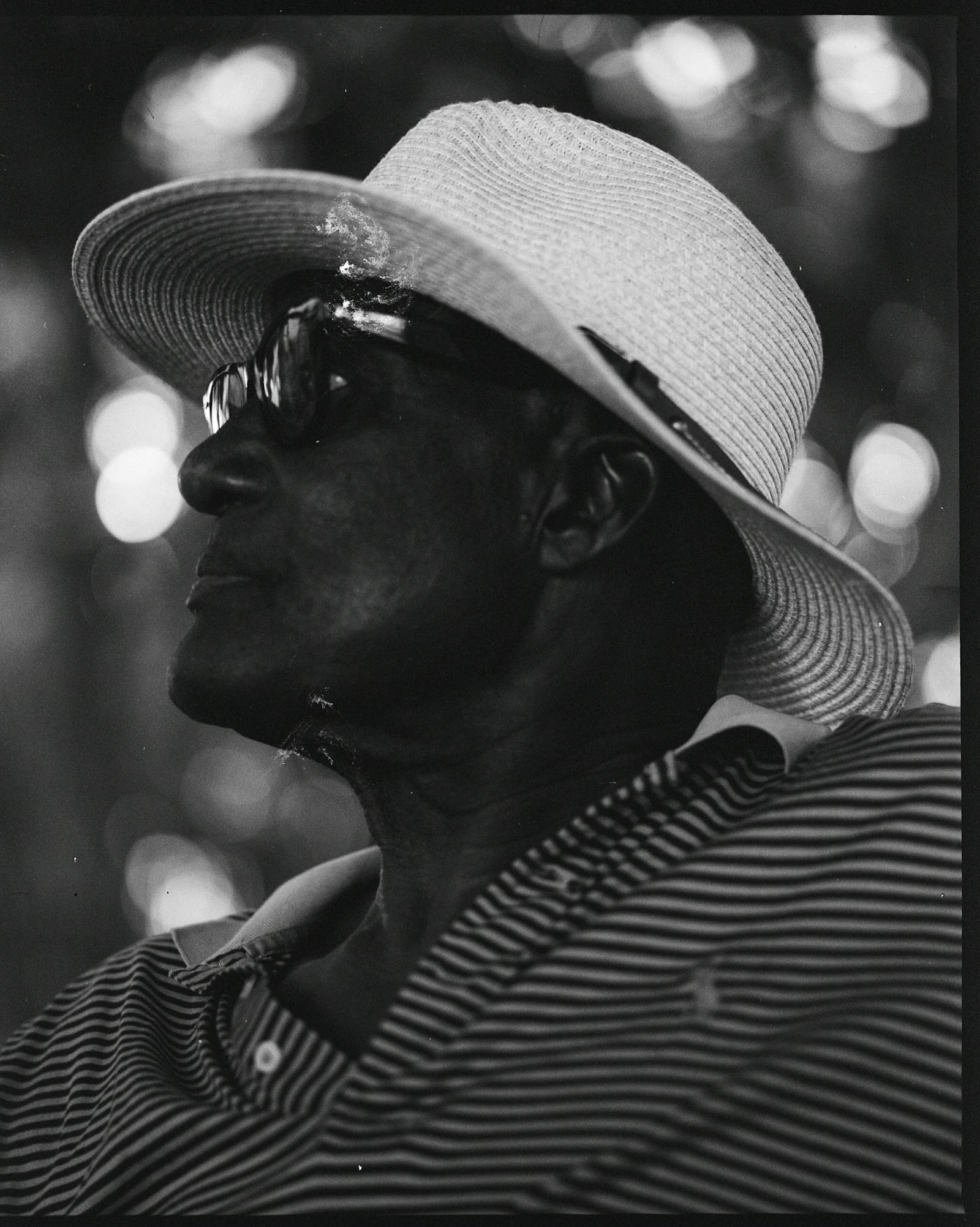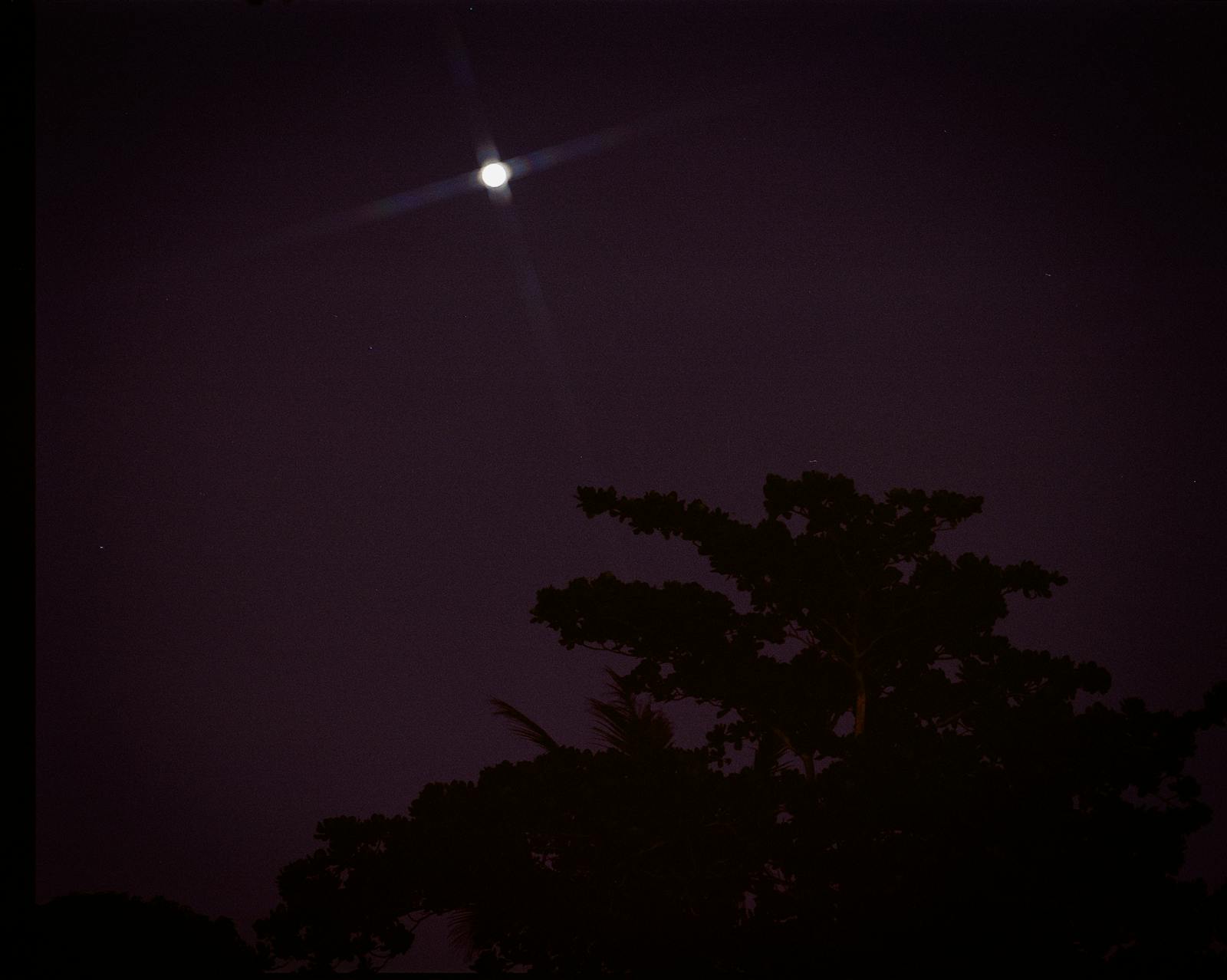Roisin Jones - Between the Threads: Navigating Entangled Identities and Archiving from Obscurity
ABSTRACT
In engaging with bell hooks’ concept of the “love ethic” from her work ‘Salvation: Black People and Love’, my work interrogates how love— as a transformative force and also as a methodological approach—can deeply influence the archival process. It proposes that by embodying love in their approach and their work, both the artist and the archivist can create a more empathetic and inclusive archive that preserves and also celebrates the nuanced histories of marginalised communities.
Through a personal narrative, I explore how the act of loving the subjects of our study—whether people, objects, or memories—can transform the archival space into one of active engagement and restoration. This approach does not merely catalogue the past but seeks to understand and honour the emotional and spiritual dimensions of historical experiences. By embracing the love ethic, the archive becomes a space where forgotten histories are remembered and infused with dignity and life, offering a counter-narrative to the often sterile and impersonal nature of traditional historical inquiry.
As I reflect on my own experience with grief and identity, and as I engage with archival material, I continually return to the essential questions, “Who do we love?” and “How do we remember?” These questions guide the reimagining of the archive as a place of memory and also of healing, challenging the narratives of victimisation and passive suffering that frequently dominate the histories of diasporic populations. My research thus advocates for a historiography that is rooted in love, care, and the active participation of the subjects it seeks to represent, ensuring that their voices and stories are not merely preserved but are also celebrated as vital parts of the human experience.
THESIS
METHODOLOGY
My research employs a multidisciplinary approach, blending artistic practice with archival research, material culture analysis, and theoretical inquiry to explore the complex narratives of diaspora and memory. This synthesis of methods allows for a comprehensive exploration of the thematic concerns outlined in my research questions.
Artistic Practices and Media:
- Visual Art and Installation: Central to my methodology is the use of visual art, specifically a 2m-by-2m illustration titled 'It Hurts in This Body Still,' which will be UV printed on copper. This artwork reflects the imagery encountered during my research at the Warburg Institute aligning with the themes of memory and identity.
- Performance and Video: During a research trip to Jamaica, I captured video footage for a performance piece. This footage is not only a documentation tool but also forms part of an artistic expression that intertwines the personal and cultural narratives of the diaspora.
- Ceramics: In Montpellier, France, I experimented with Raku firing—a form of Japanese pottery that uses low firing temperatures and leads to unique glazing effects—to create hand-built clay pots. These pots, designed to reflect themes of embryonic splitting and aquatic life, metaphorically tie to the concepts of the Black Atlantic and mermaid births, emphasising themes of migration and connectivity.
- Photography and Cyanotypes: The use of cyanotypes, particularly those developed in seawater, serves to further explore themes of memory and the sea. This method not only captures images but also physically incorporates elements of the environment, embedding the medium with the subject of study.
Resources and Interdisciplinary Approach:
- Archival Research: Engagements at institutions like the Warburg Institute provide access to a wealth of historical imagery and texts that inform both the content and form of my artistic output.
- Interview: Interviews in this thesis will capture nuanced personal narratives of diaspora, enriching the analysis by linking theory with lived experiences.
- Digital Archive Development: The ongoing creation of a digital archive extends the reach and accessibility of my research, allowing for the preservation and dissemination of diasporic stories and artistic expressions.
- Material Collection: Trips to locations like Jamaica and Montpellier are not only for inspiration but also for the collection of materials such as wood, clay, and other elements that are integral to my artistic practice.
'What does the love ethic look like in action when confronting the archive? I wanted to provide a example of what I believe to be the love ethic in action. I have chosen to look at the work of Venus in two act by Saidiya Hartman and ‘listening to Images by Tina Campt.
As I reflect on the archive, I can’t help but connect to the feelings of helplessness expressed in Saidiya Hartman’s ‘Venus in Two Acts’. Hartman explores the records of two young, enslaved girls, labelled ‘Venus’ by their captors and murderers during their harrowing journey through the Middle Passage. Their true names and identities have been lost to history. Hartman unveils harrowing accounts of each girl’s fate, discovering the horrors of their demise. Yet little is known about who they were before their abduction. She reflects on the impossibilities we must reckon with in the archive: “The task of writing the impossible, (not the fanciful or the utopian but ‘histories rendered unreal and fantastic”) has its prerequisites, the embrace of likely failure and the readiness to accept the ongoing, unfinished and provisional characters of this effort” (Hartman, p. 14).
I felt the need a methodology that could help me reckon with the violence I was witnessing during my research at the Warburg Institute. Not all the images were horrible, but many were hard to process. What bothered me most was their administrative nature. There were pictures of slave ships, showing how each enslaved person was taken, cramped conditions where men, women, and children were bound. There were the famous pictures of the tools used to torture enslaved people, maps of trade routes, and images of people being whipped and cowering for mercy. Although there were some images of regality, such as those from the Haitian Revolution, very few provided insight into the mental workings of those depicted.'
Excerpt from ACT ONE THE LOVE ETHIC - ARTIST AS LOVER, ARCHIVIST AS LOVER
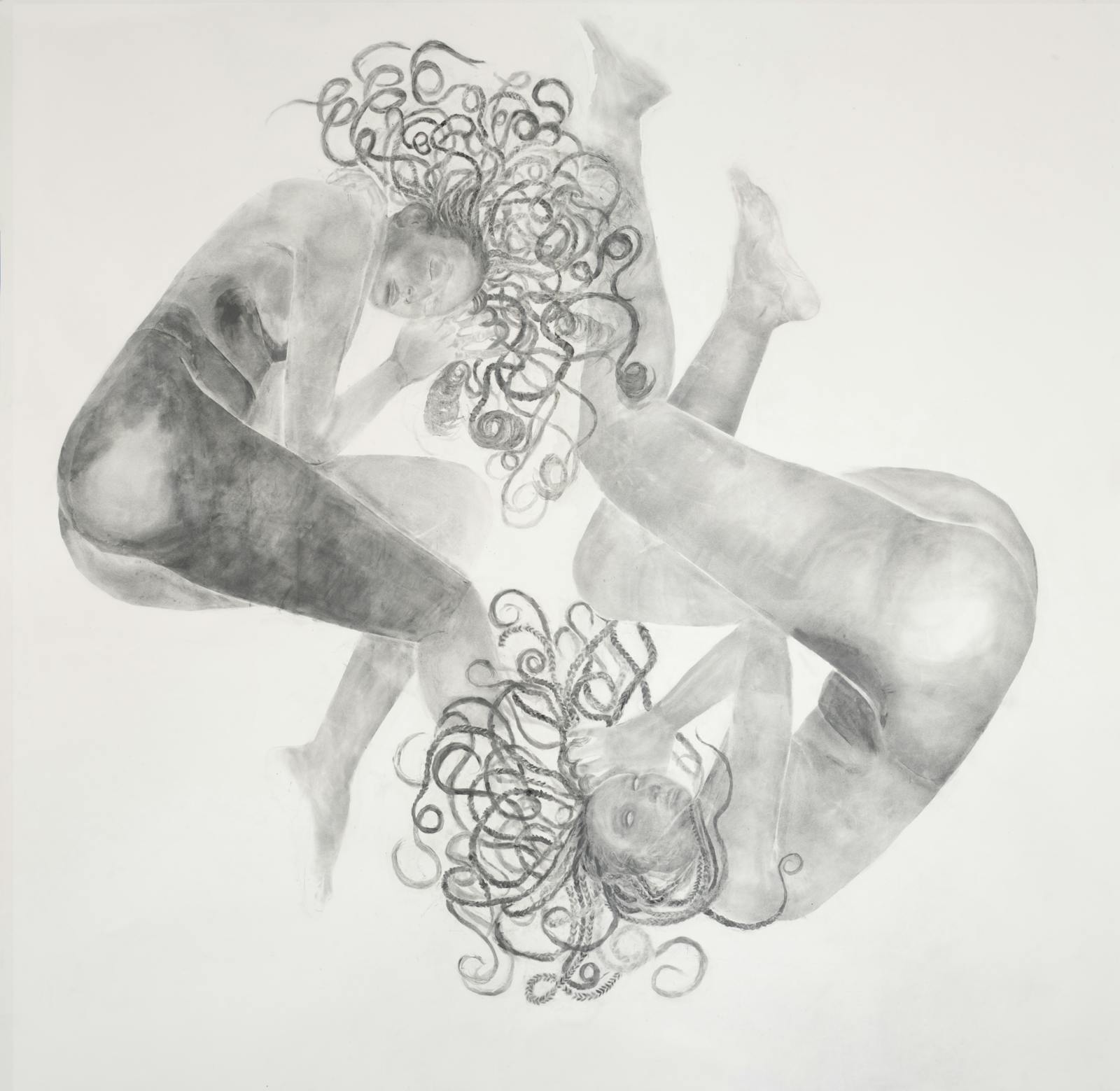
It hurts in this body still, 2024
Graphite on Watercolour
200x200cm
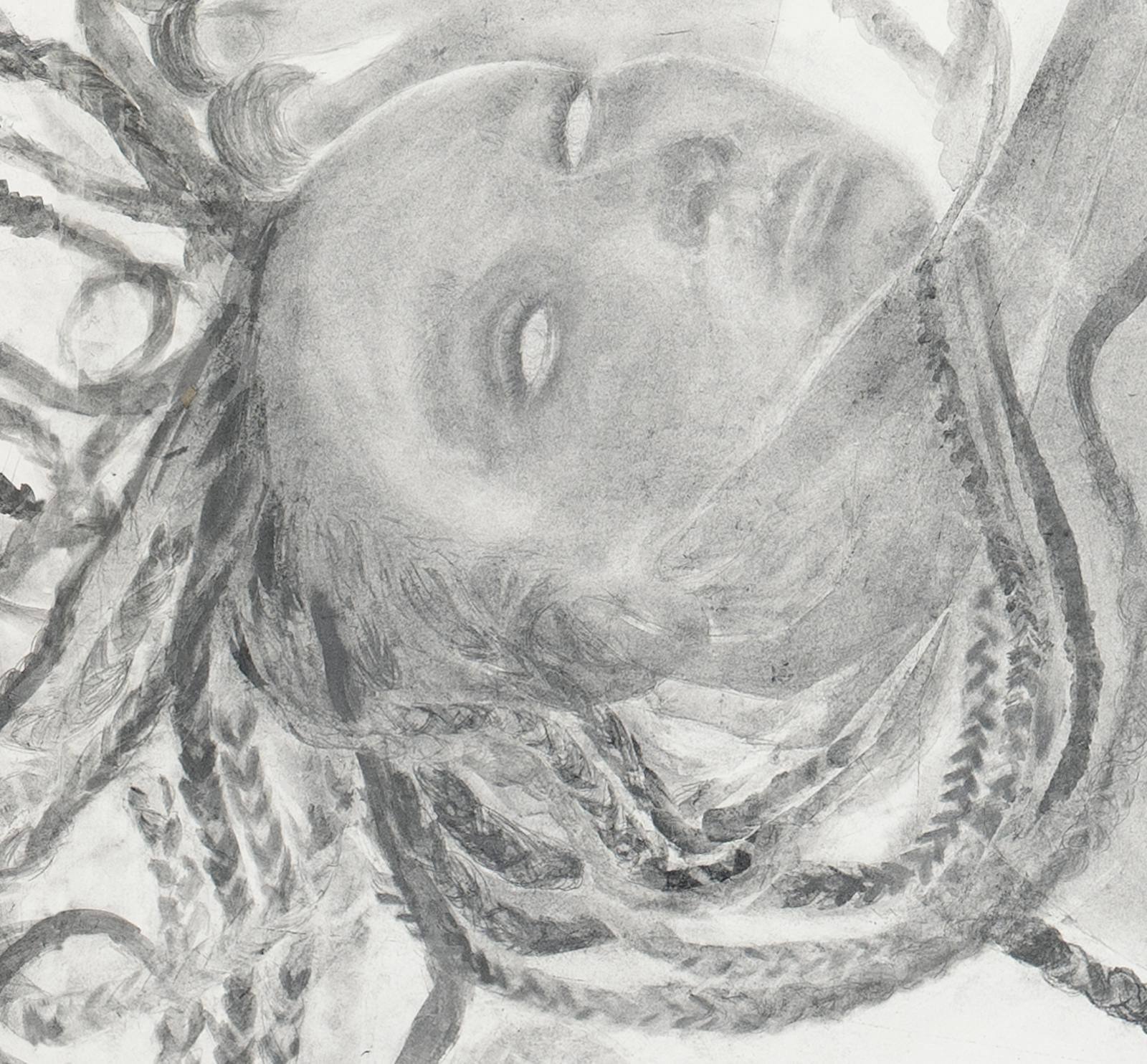
It hurts in this body still, 2024
Graphite on Watercolour
200x200cm
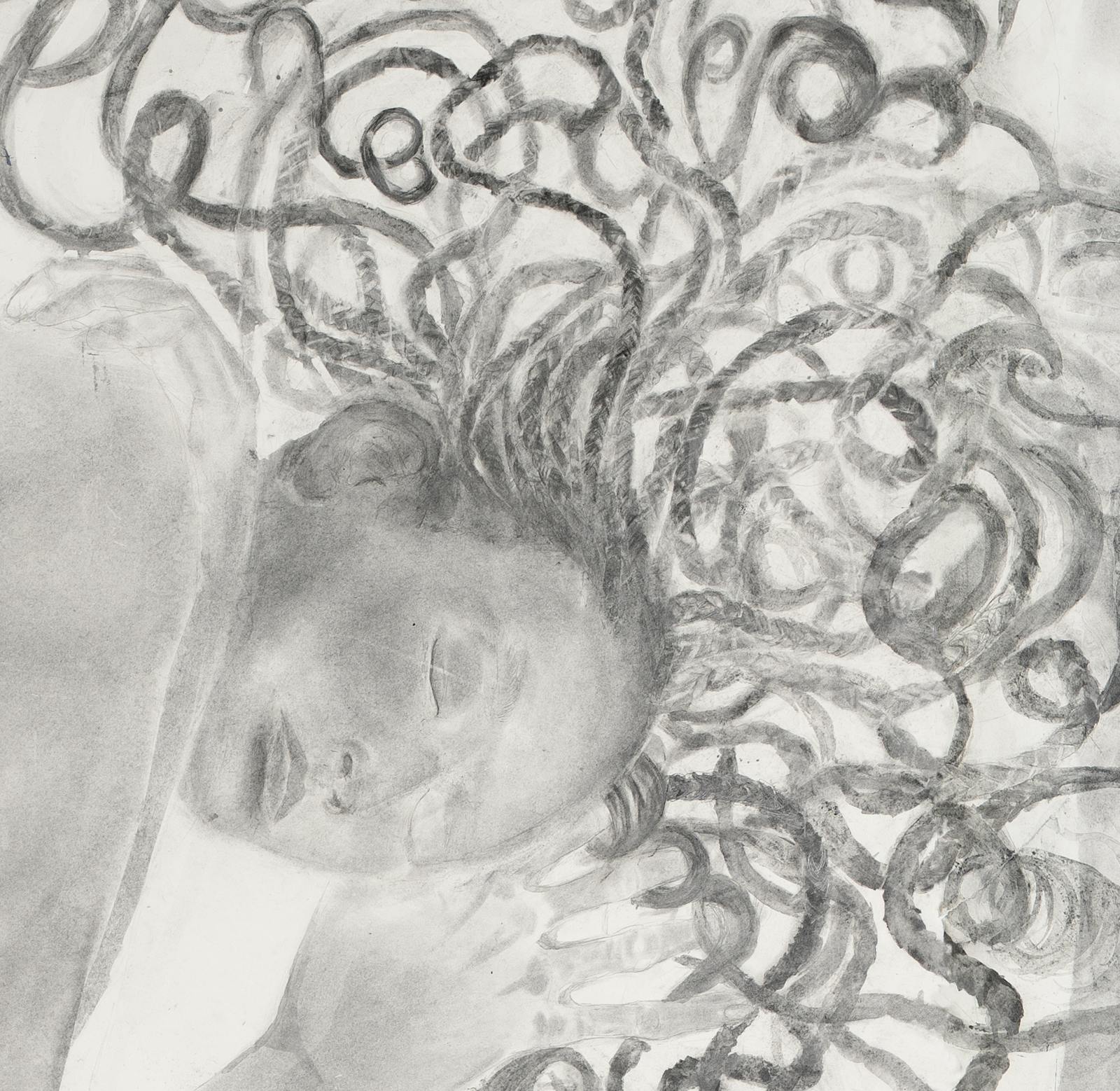
It hurts in this body still, 2024
Graphite on Watercolour
200x200cm
AN ANTIDOTE TO FORGETING | 'It Hurts in this Body Still'
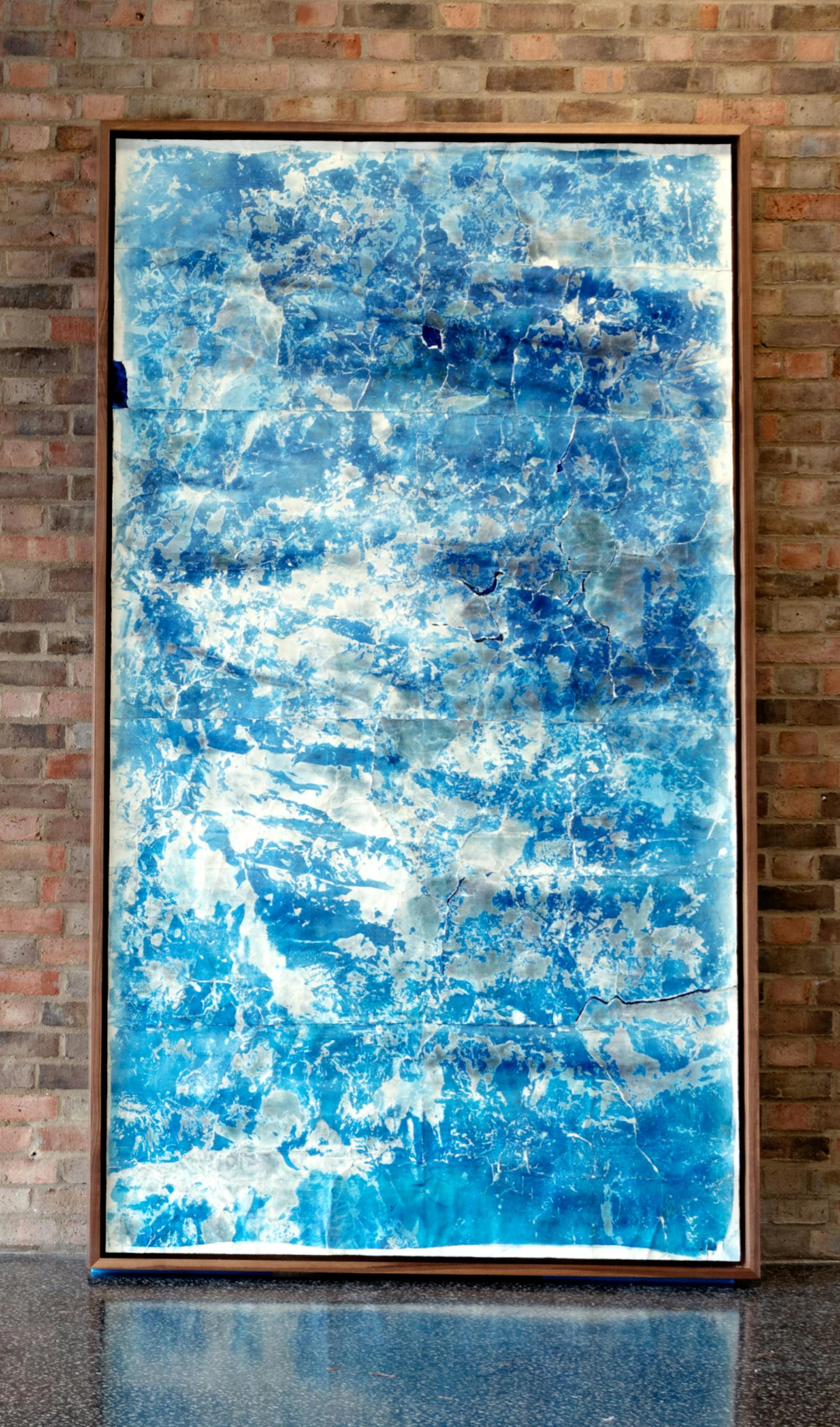
Tides, 2024
Cyanotype print
262 x 145 cm (Unframed)
270 x 153 x 10.5 cm (Framed)
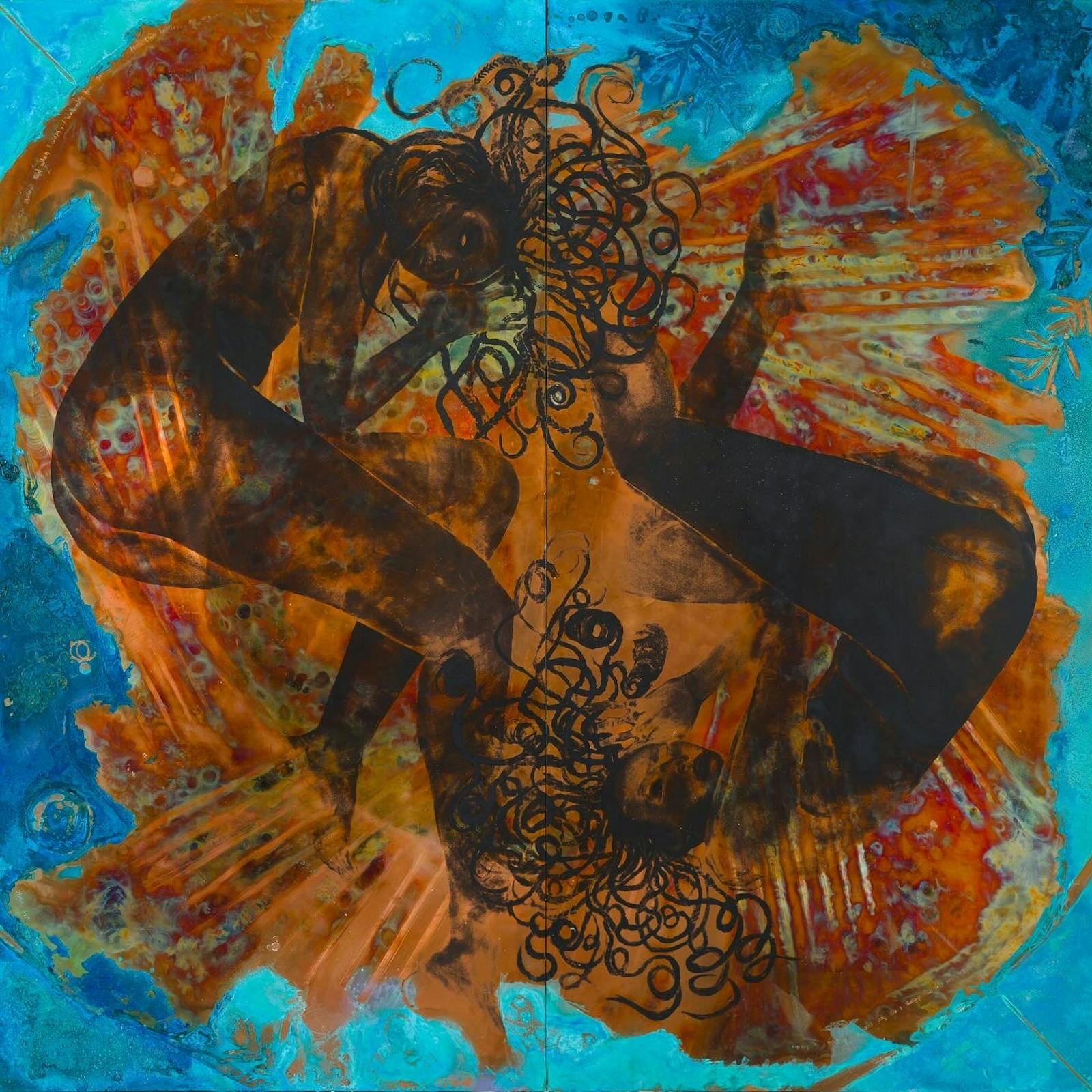
'It hurts in this body still,' 2024
Illustrated UV Print on patinated copper
200x200cm
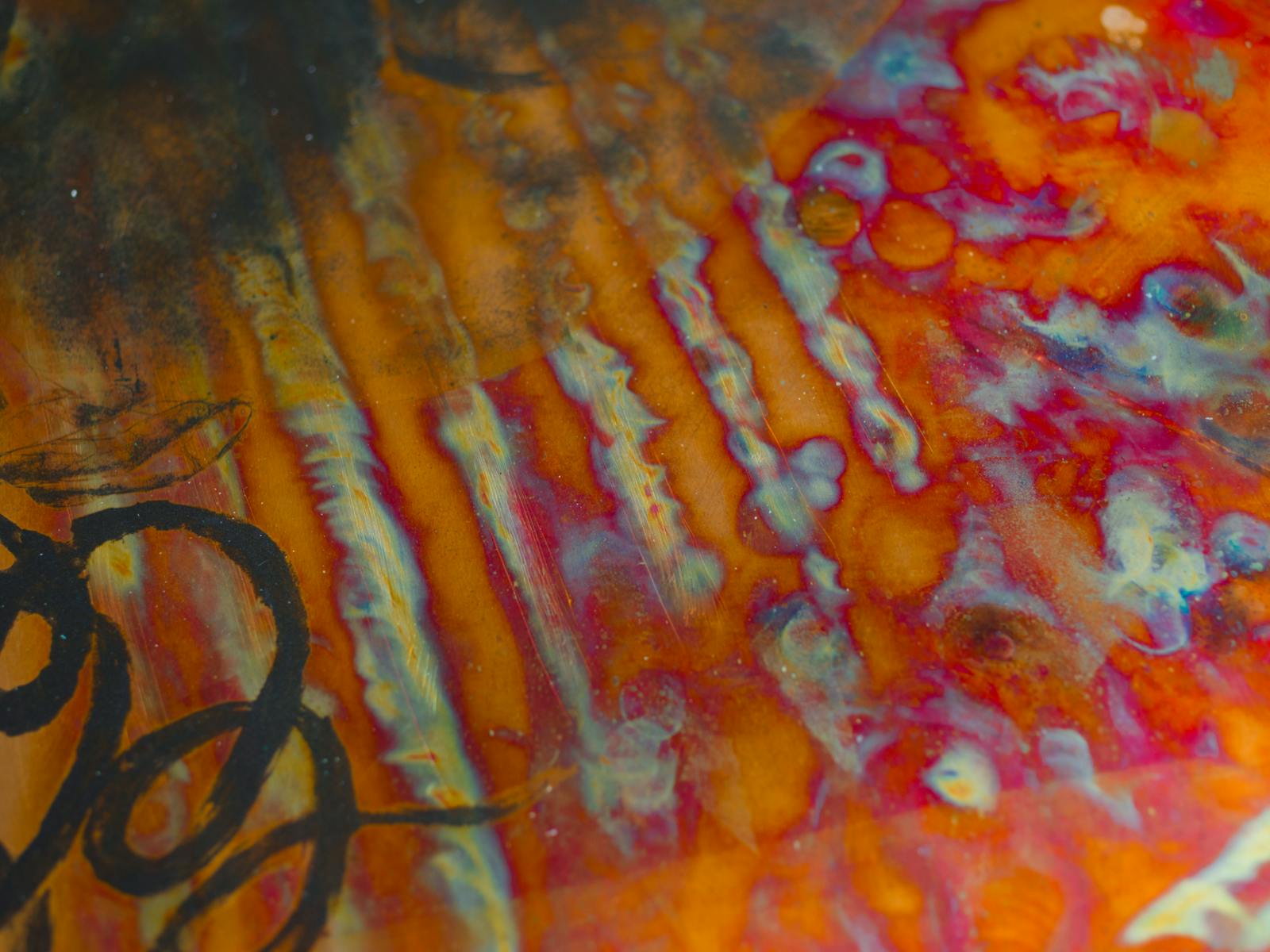
'It hurts in this body still,' 2024
Illustrated UV Print on patinated copper
200x200cm
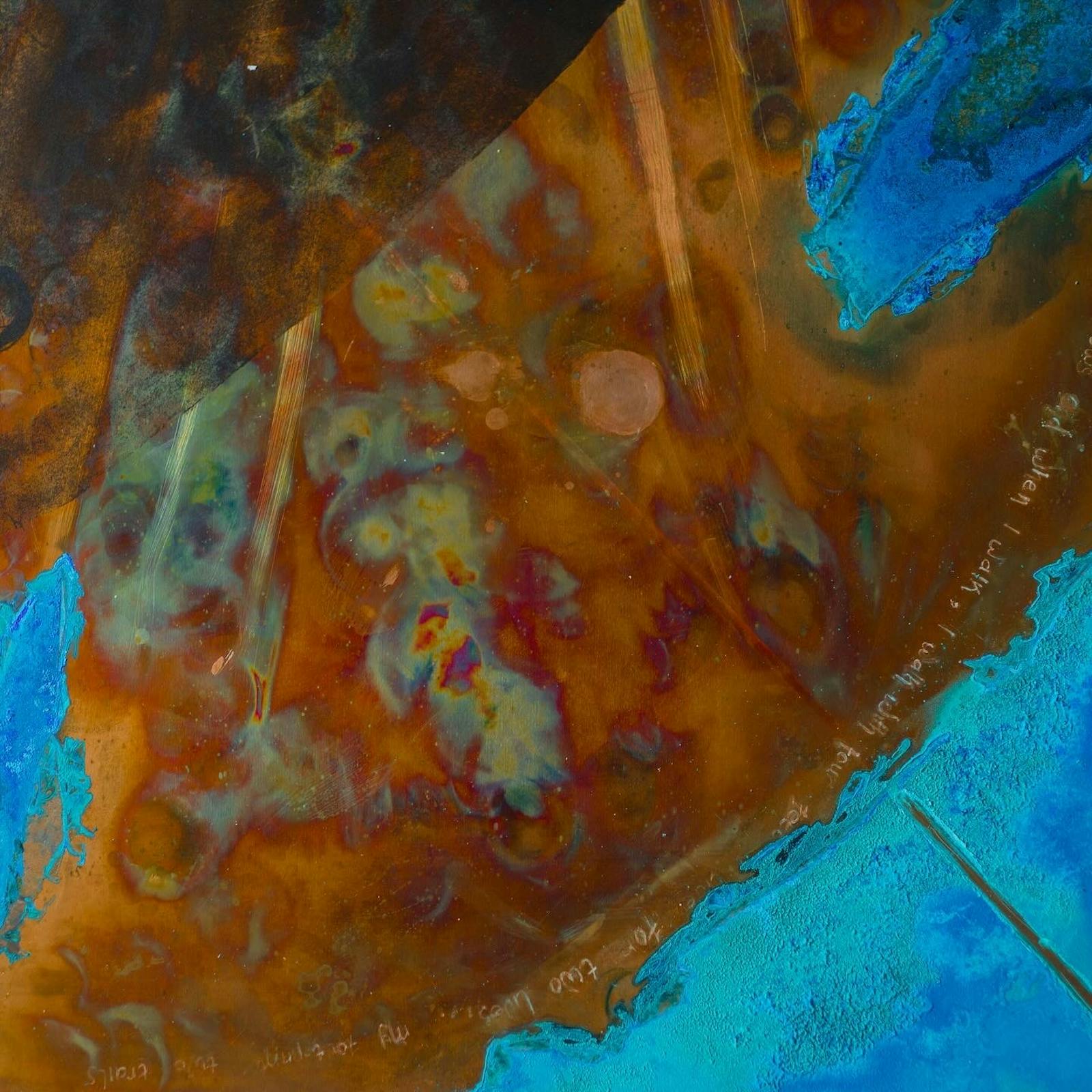
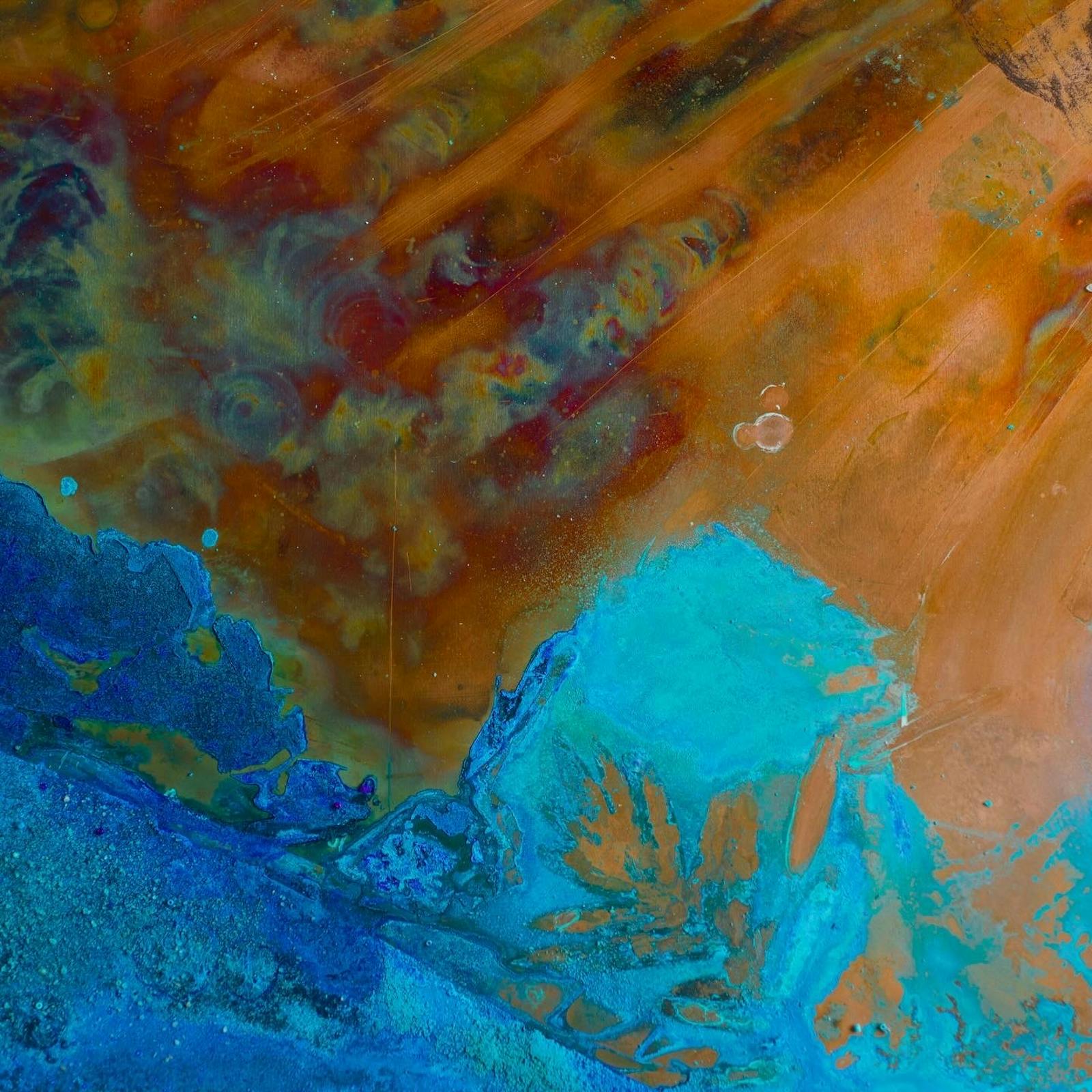
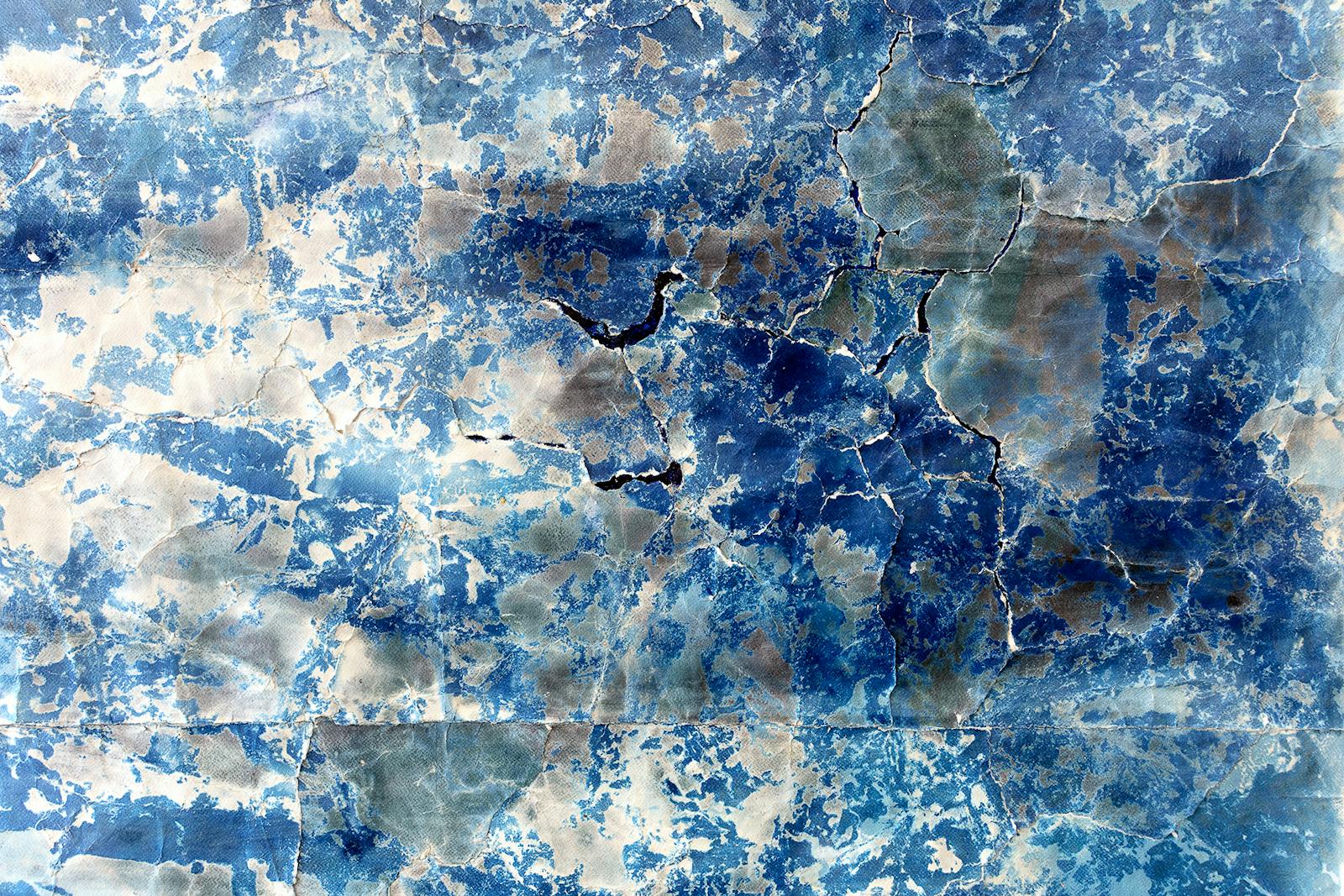
'Paradise'
Cyanotype Print
200x 150
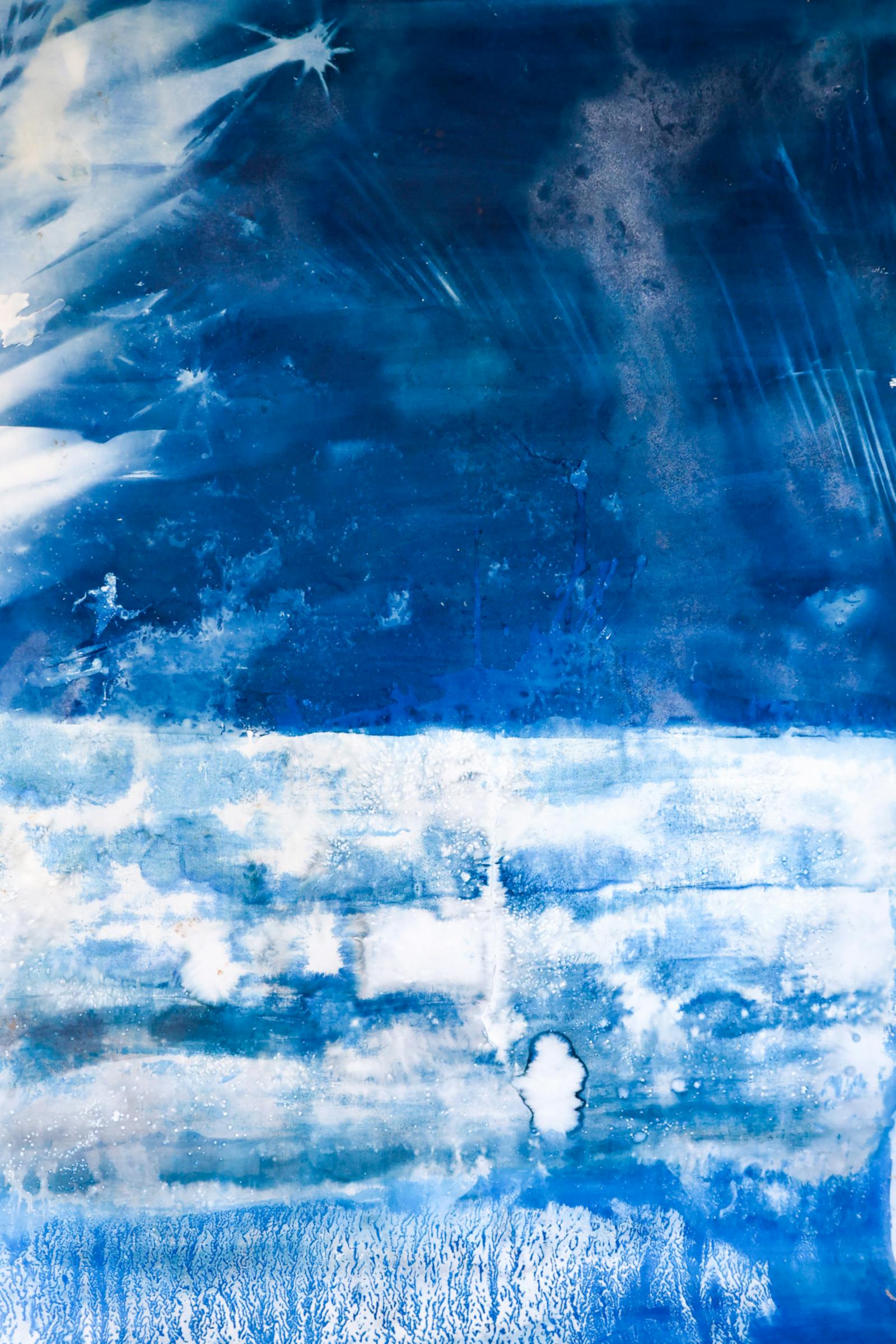
'Paradise'
Cyanotype Print
200x 150
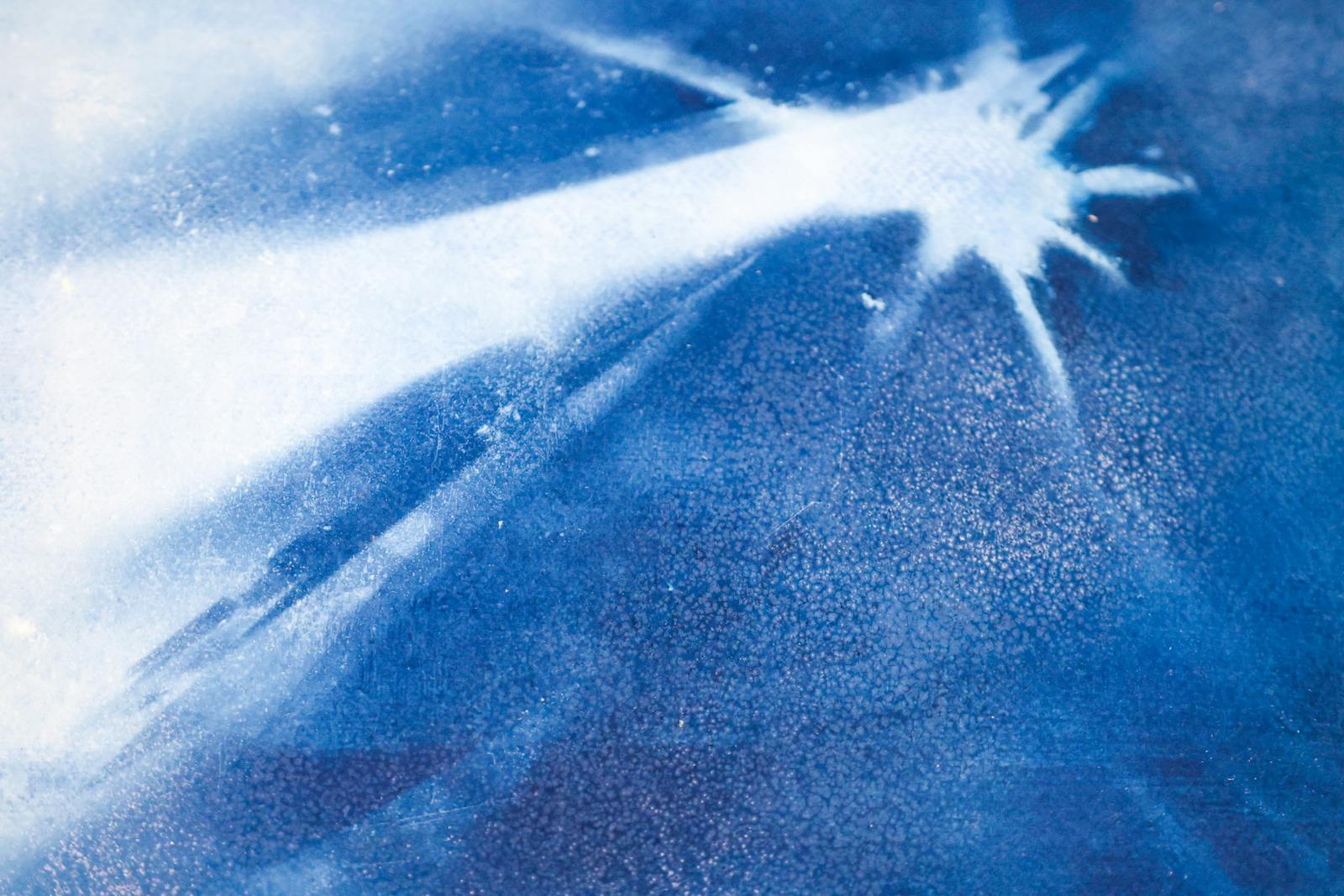
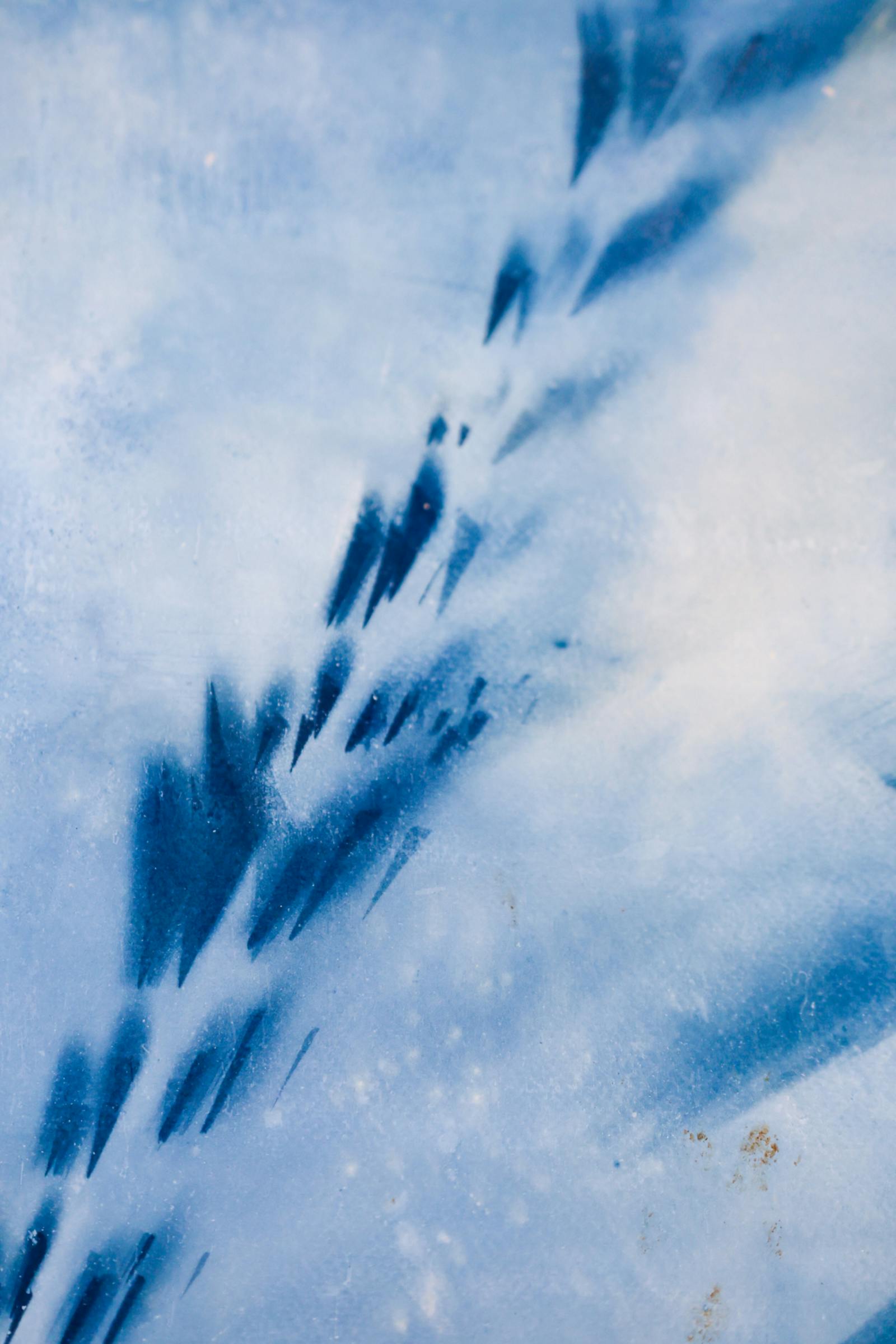
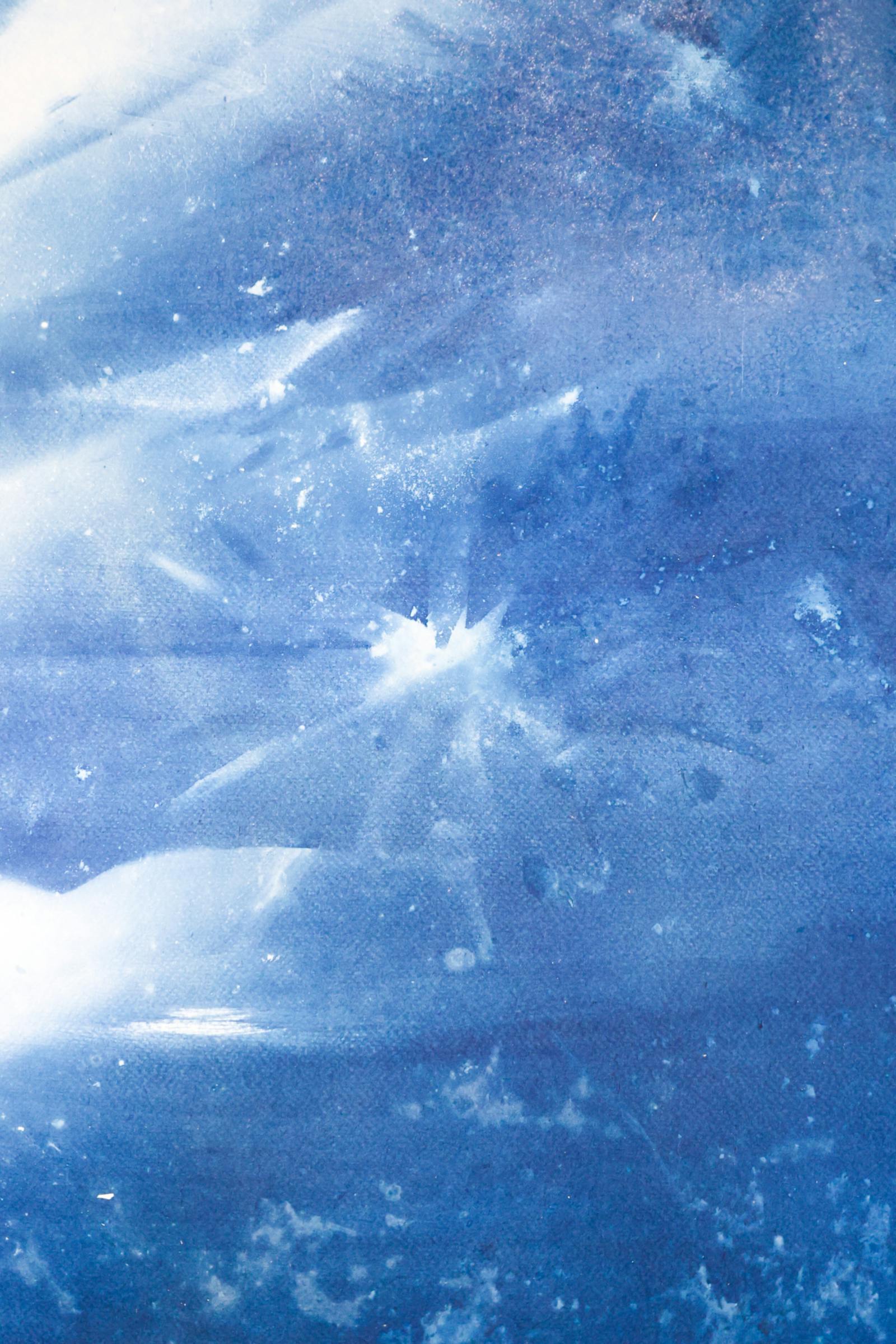
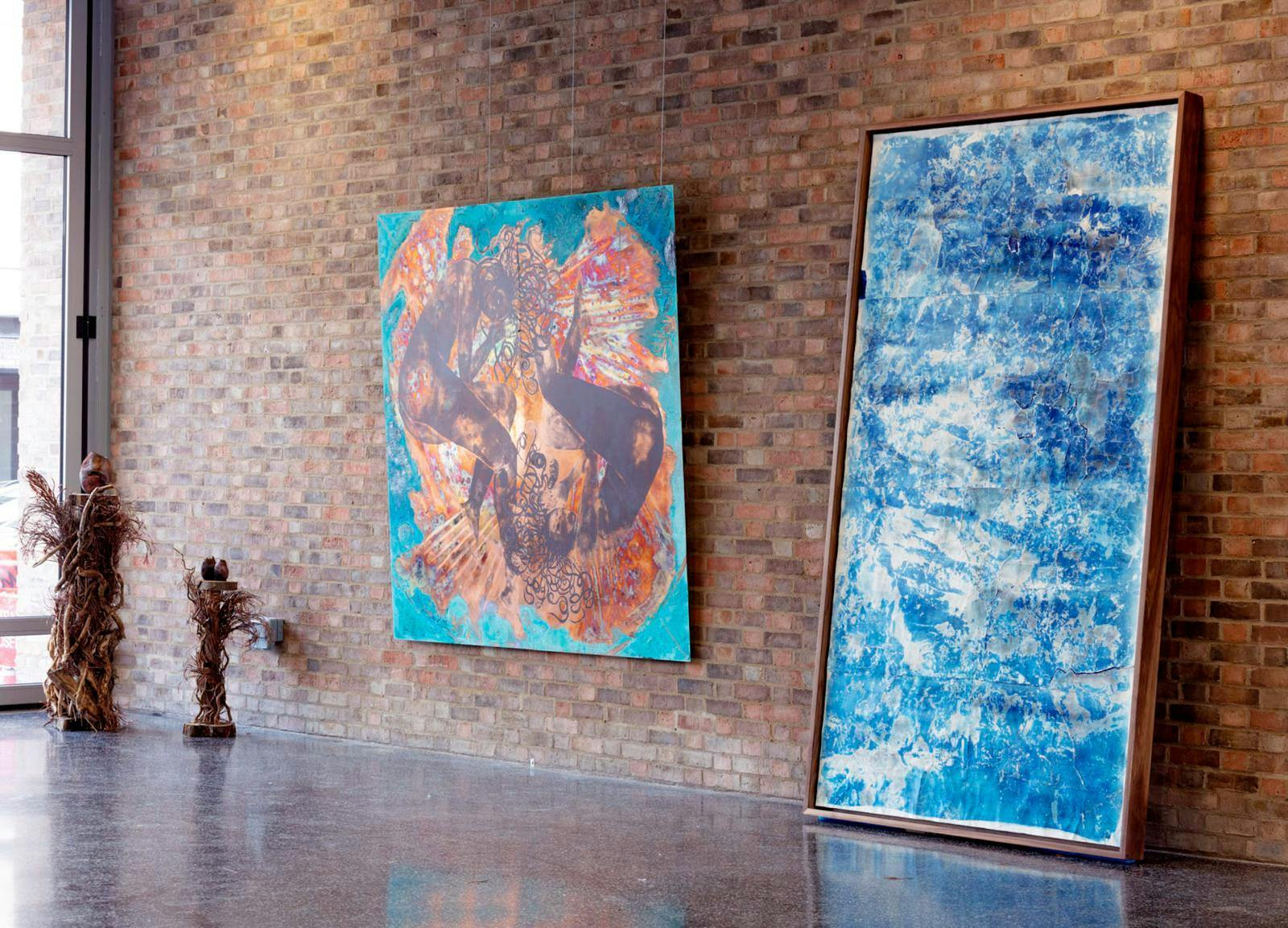
'MRes Research Journeys" Exhibition July 2024
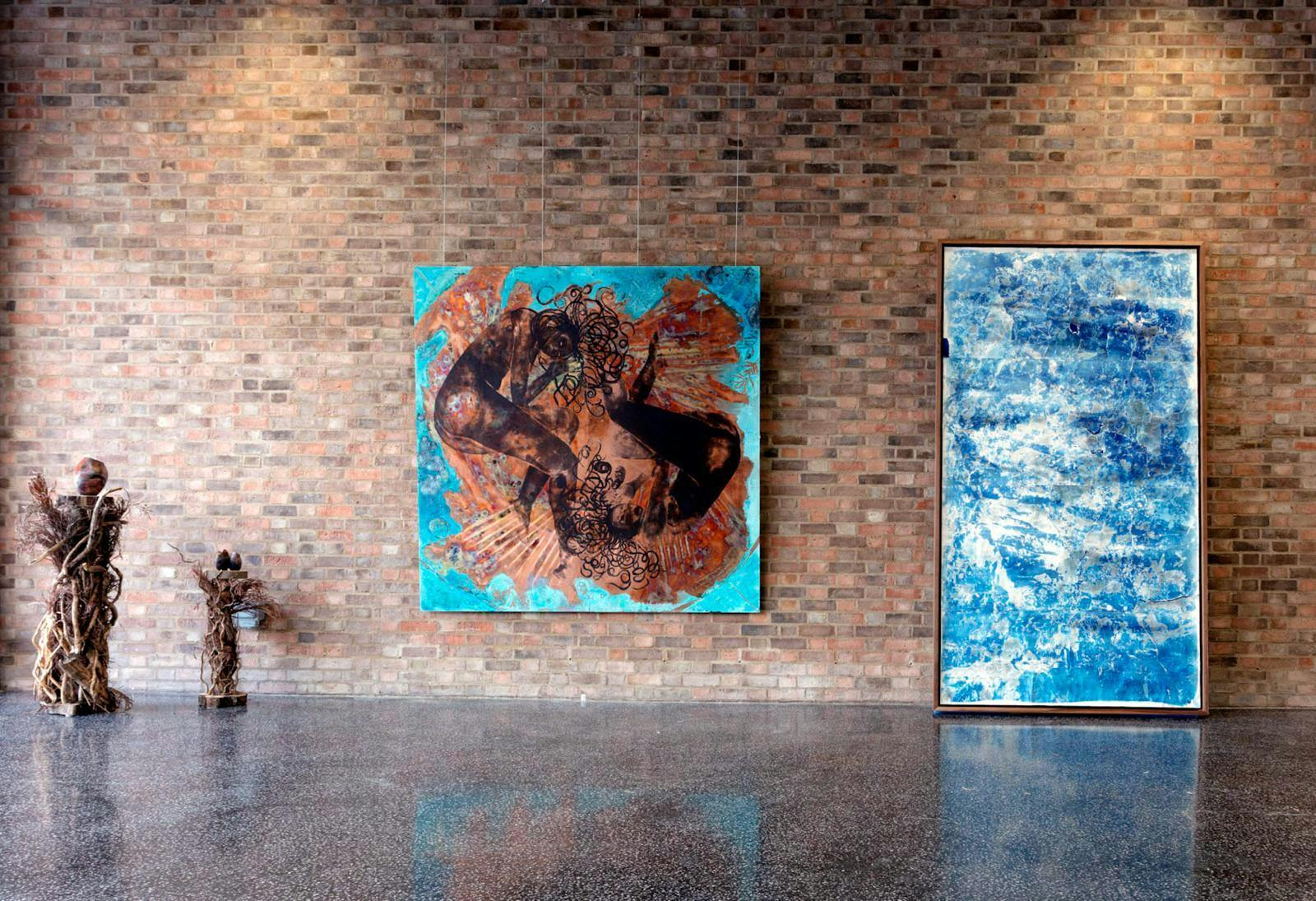
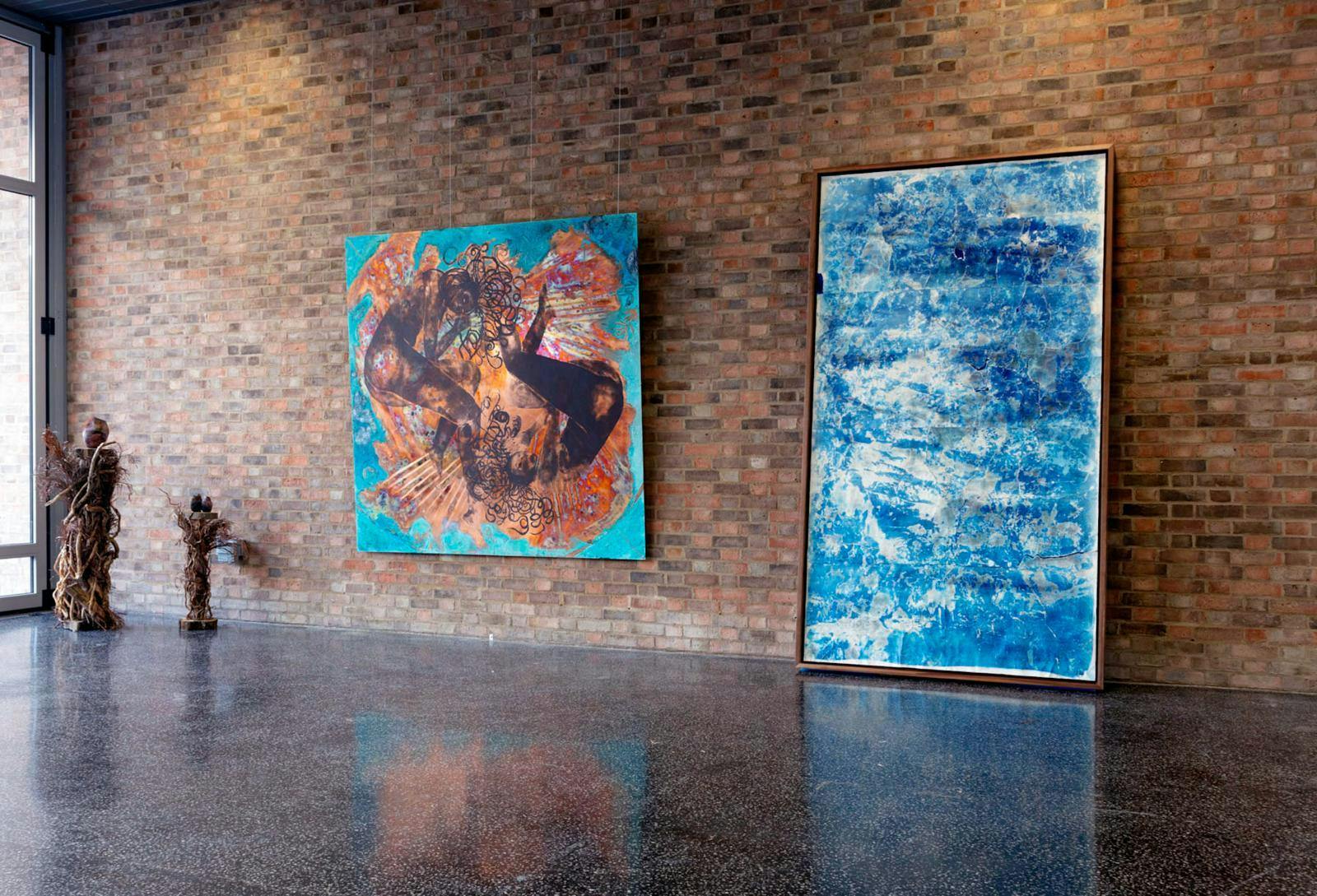
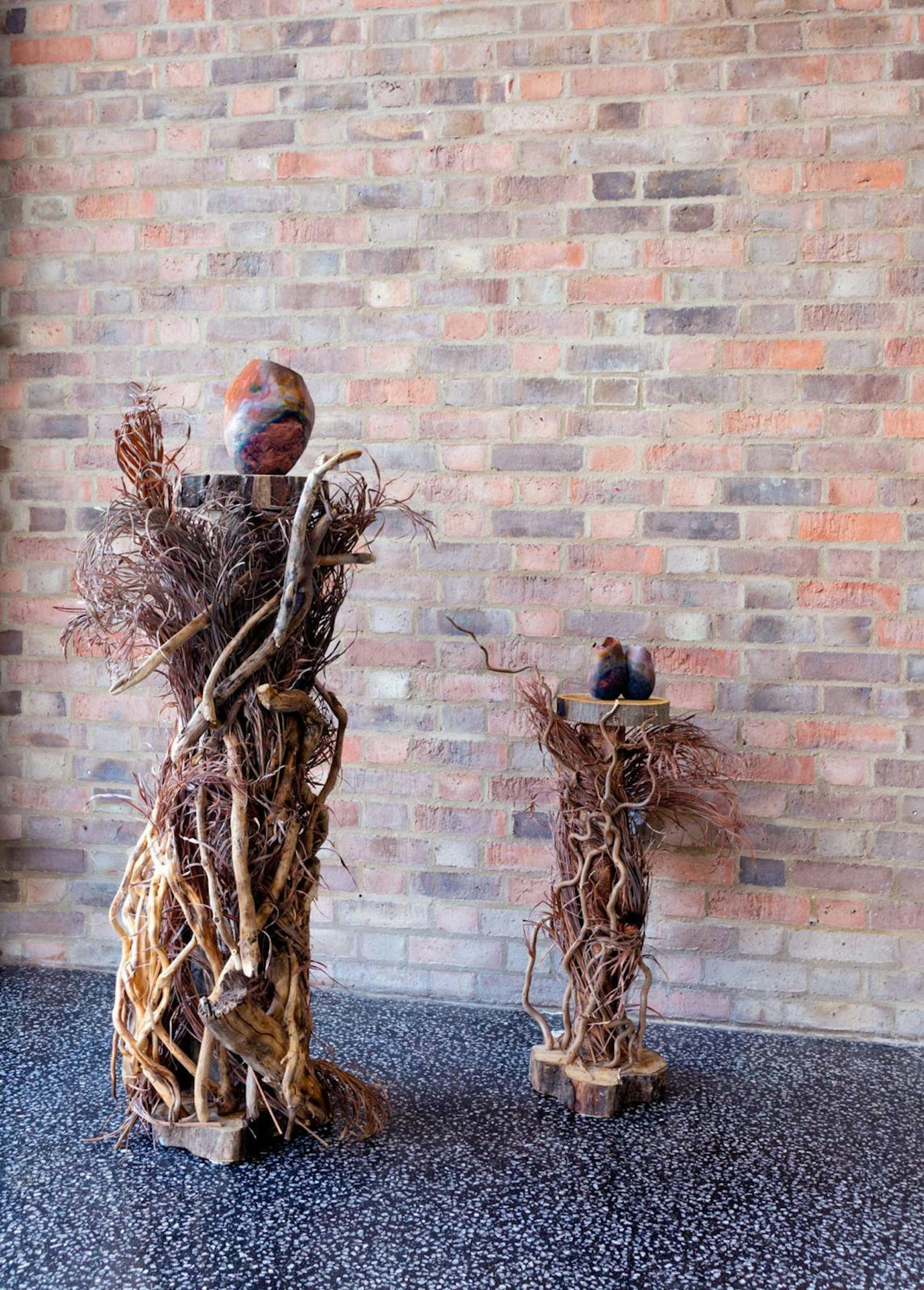
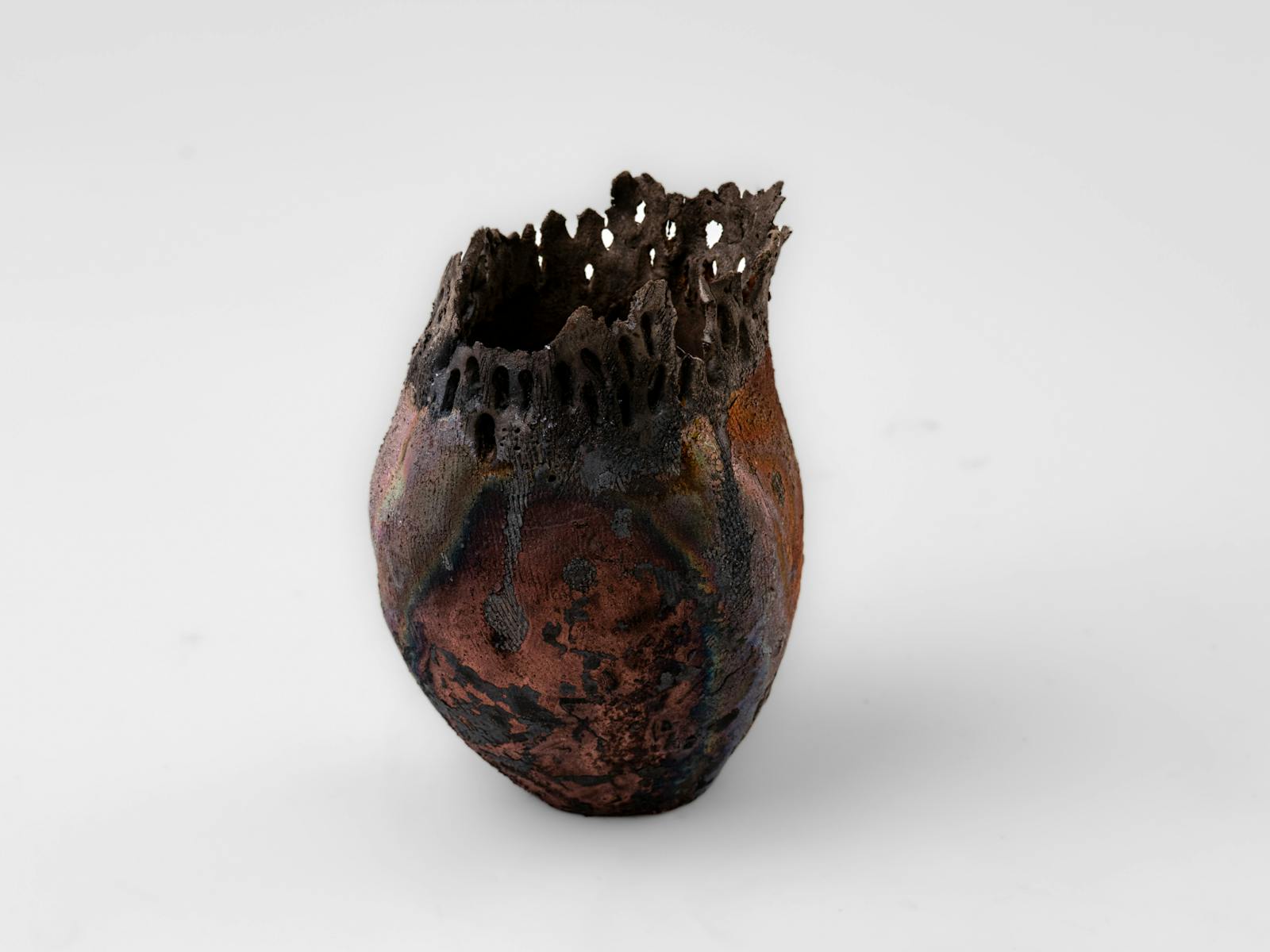
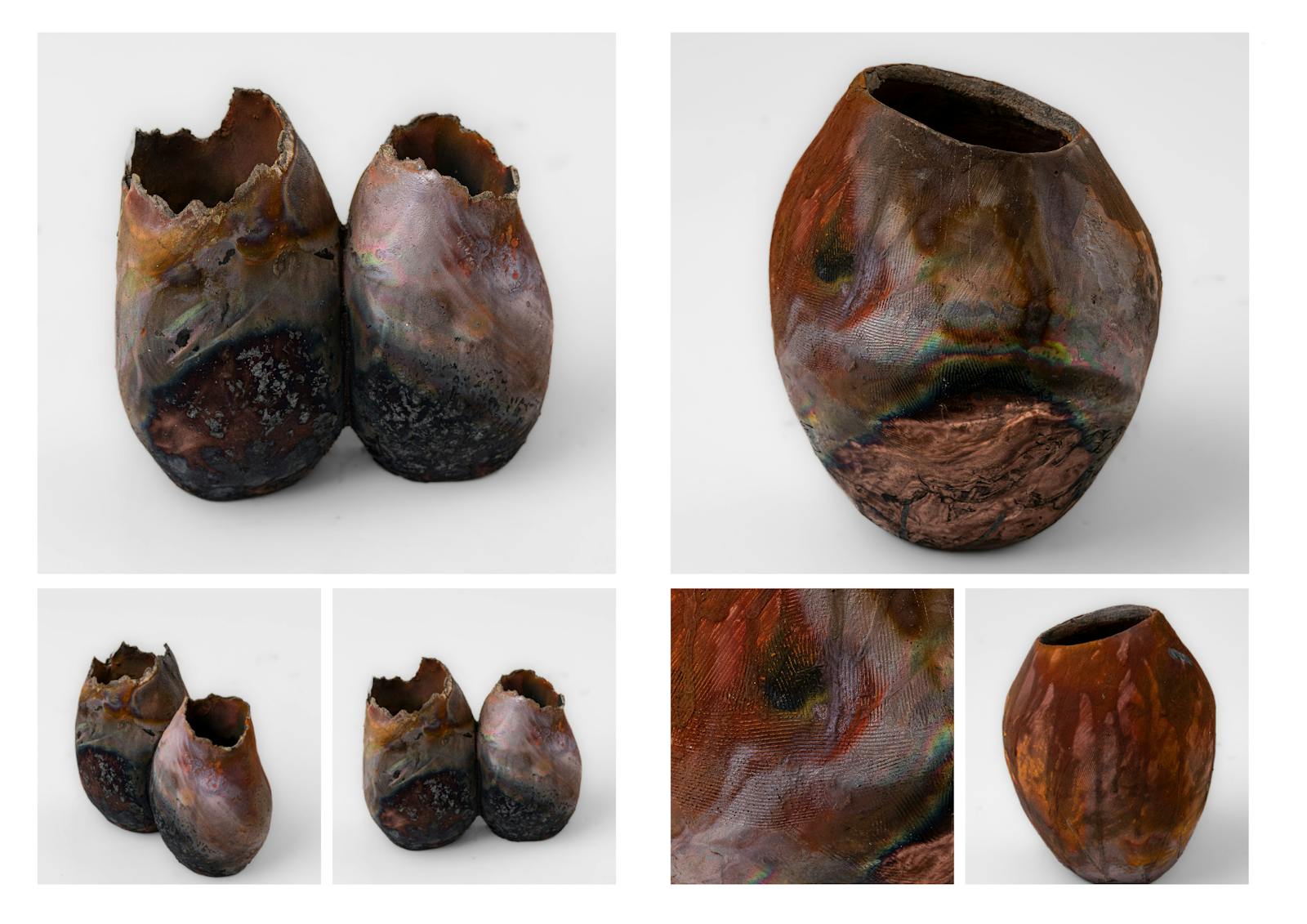
Raku Ceramics, (2024)
Untitled #1 (big pot), 2024
Raku fired ceramic,
22x16x14.5cm
Untitled #2 (double pot), 2024
Raku fired ceramic,
12.5x14.3x7.8cm
Untitled #3 (med pot), 2024
Raku fired ceramic,
15.6x11x9.7cm
AN ANTIDOTE TO BELONGING | OF WOOD AND WATER
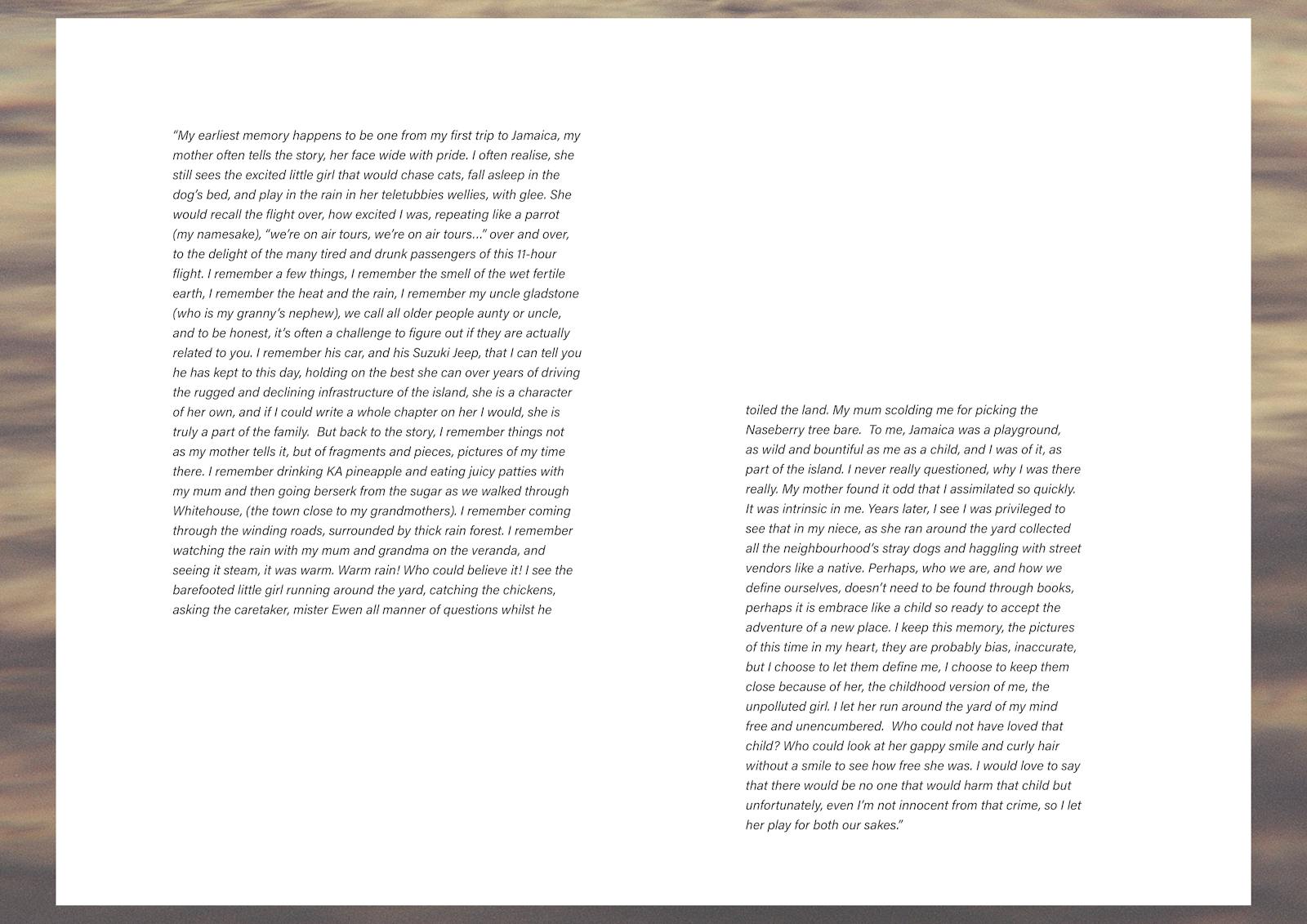
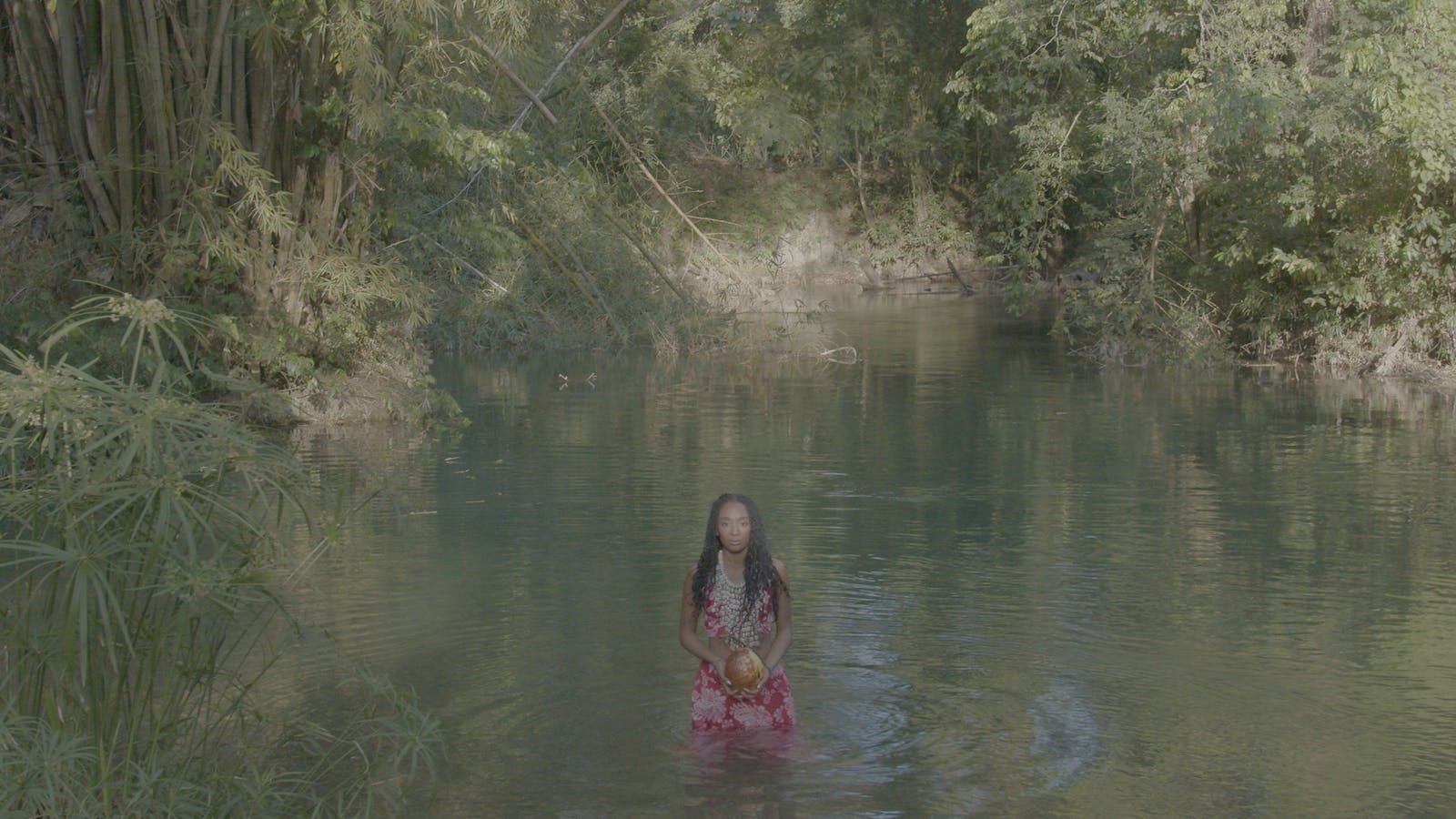
'Of Wood and Water' Work in Progress
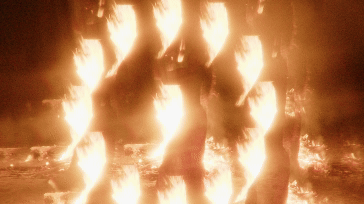
'Of Wood and Water' Work in Progress
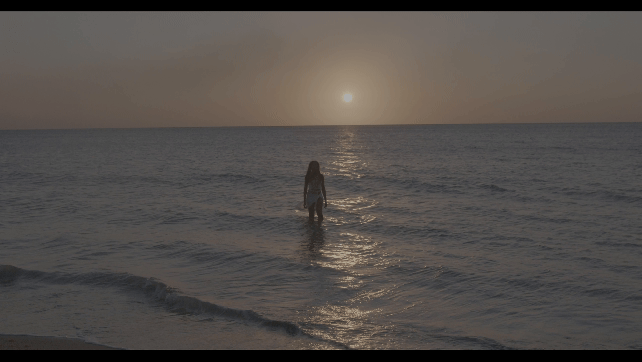
'Of Wood and Water' Work in Progress
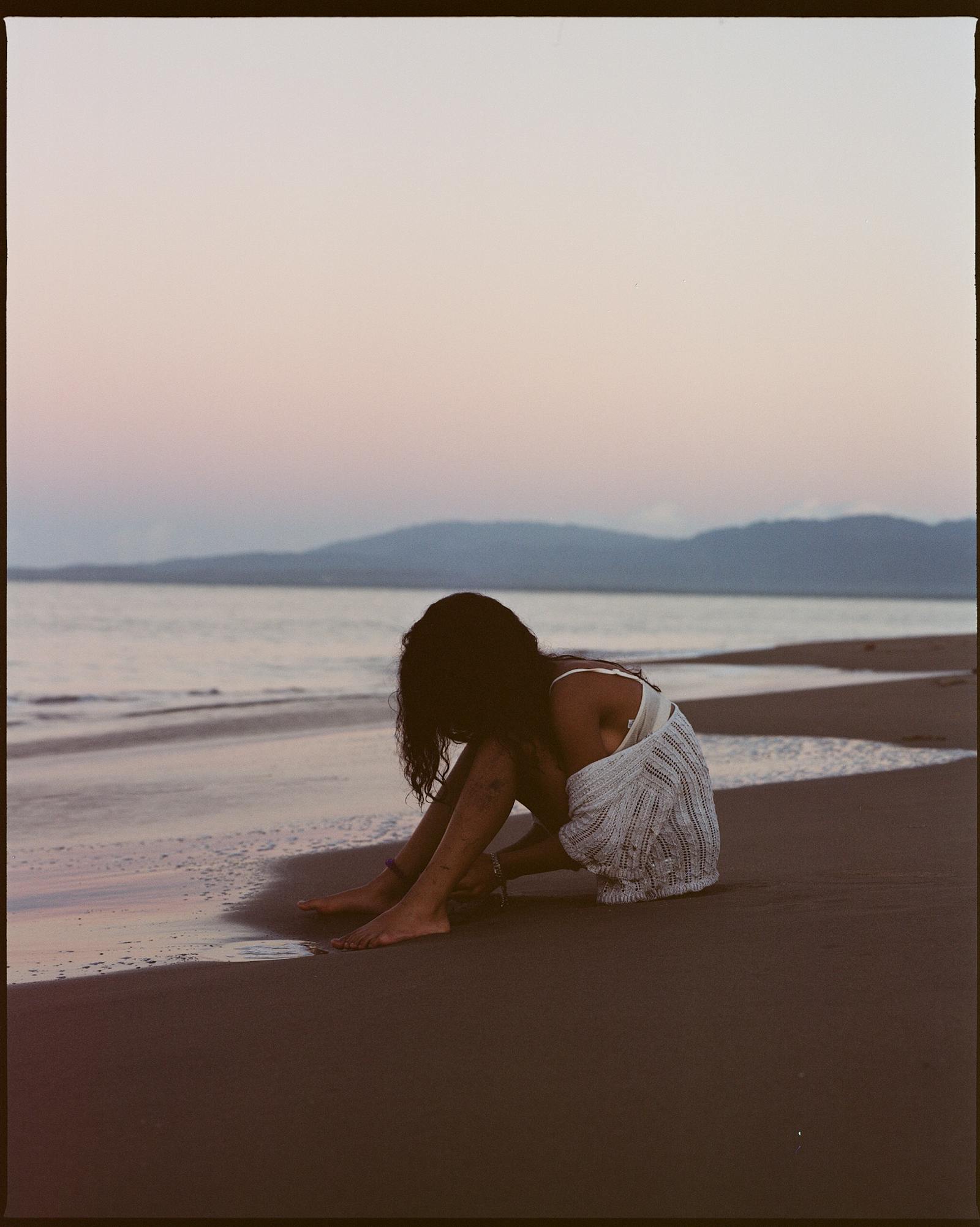
Primary Research Trip to Jamaica, 2024

